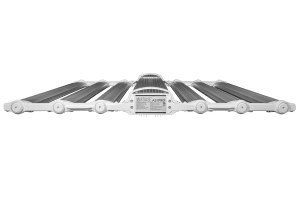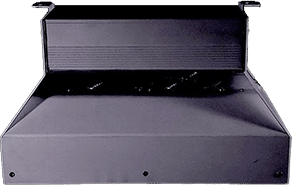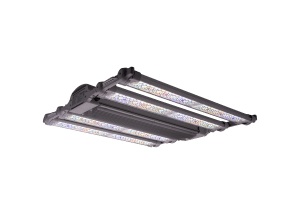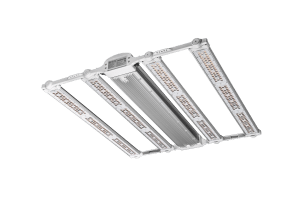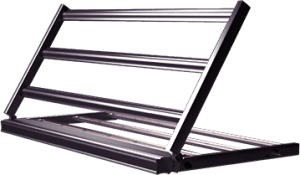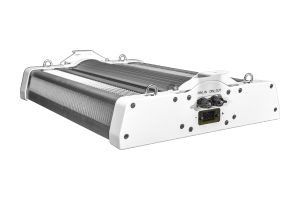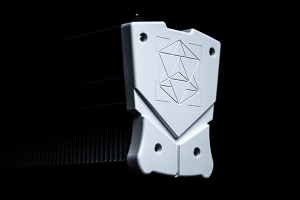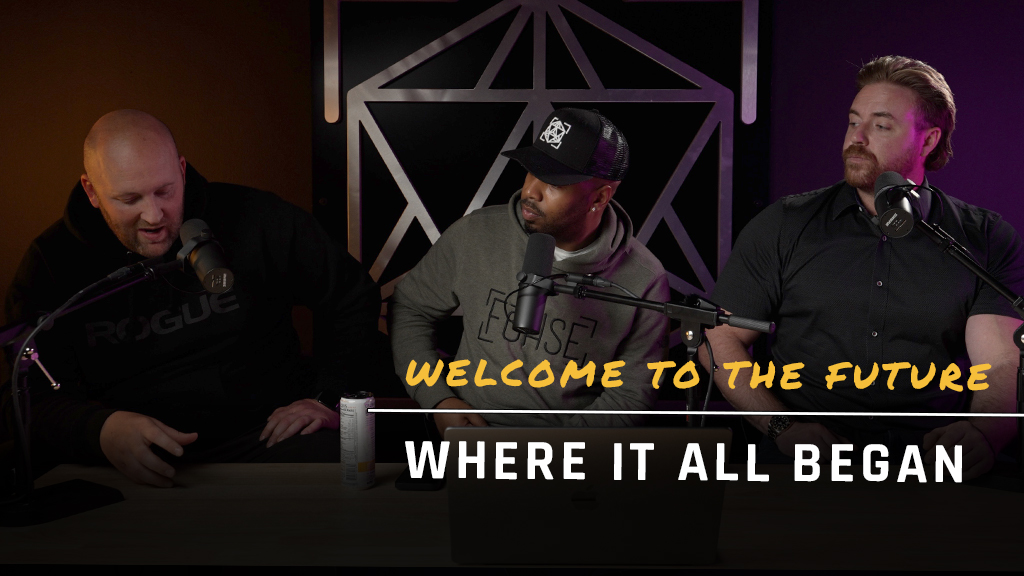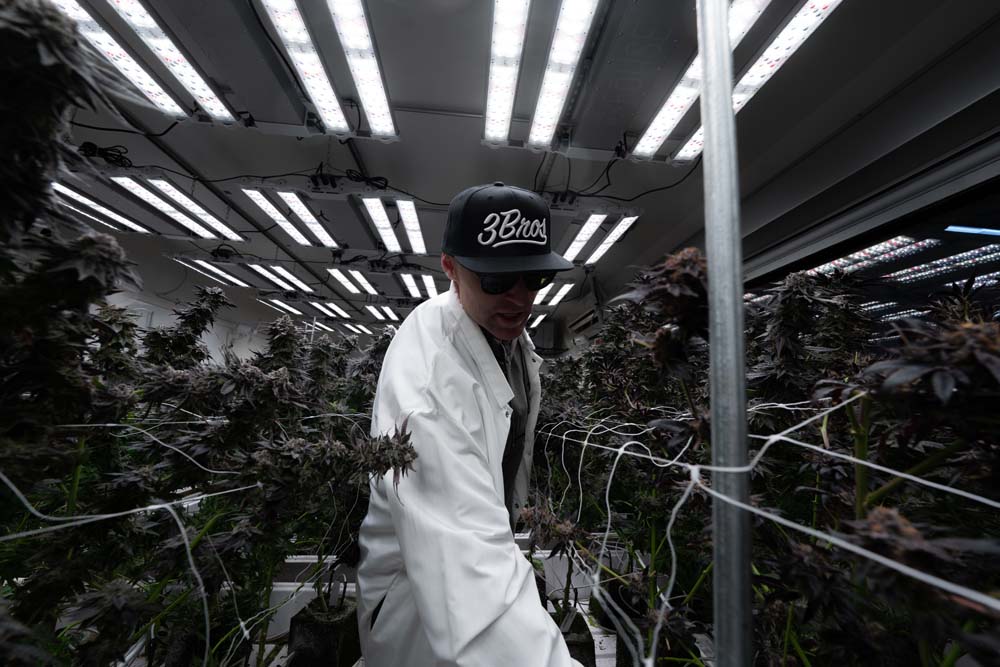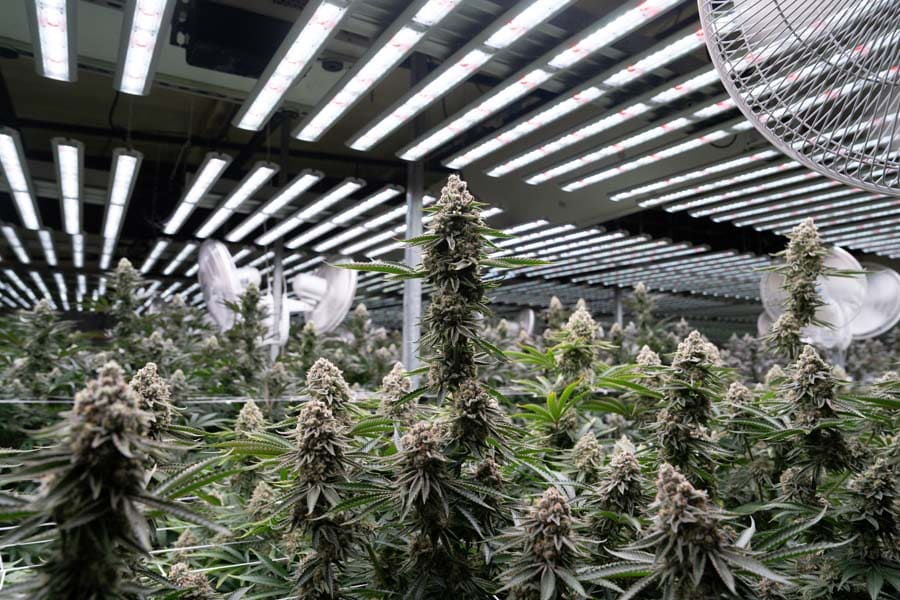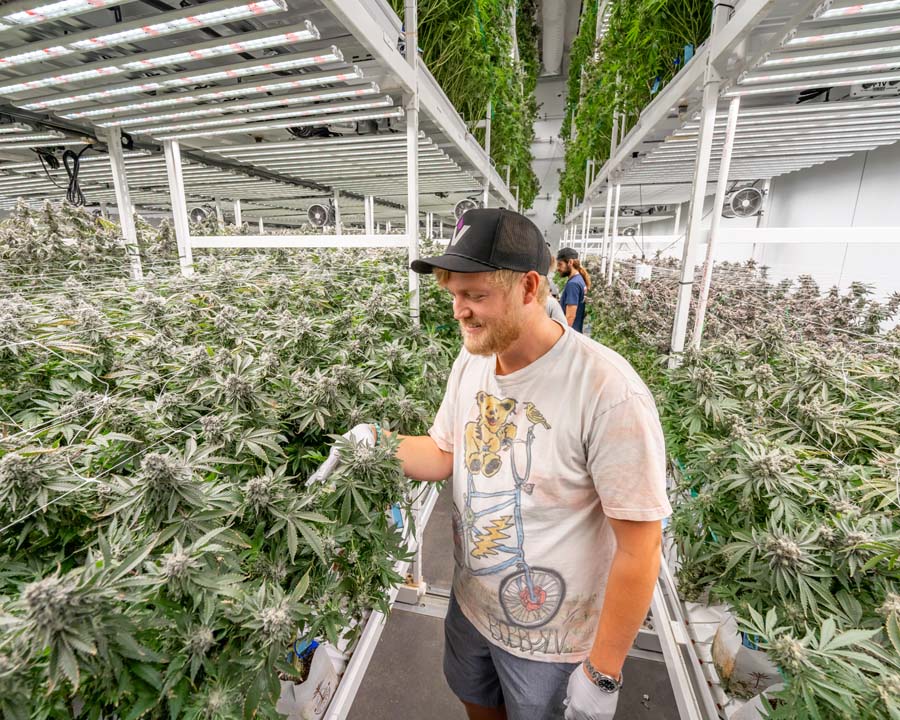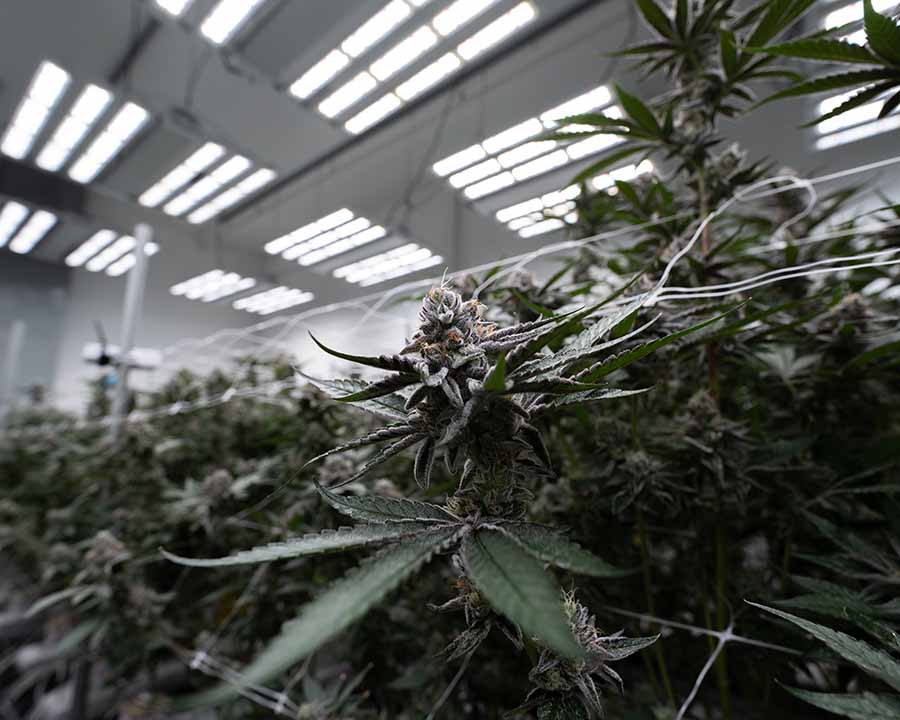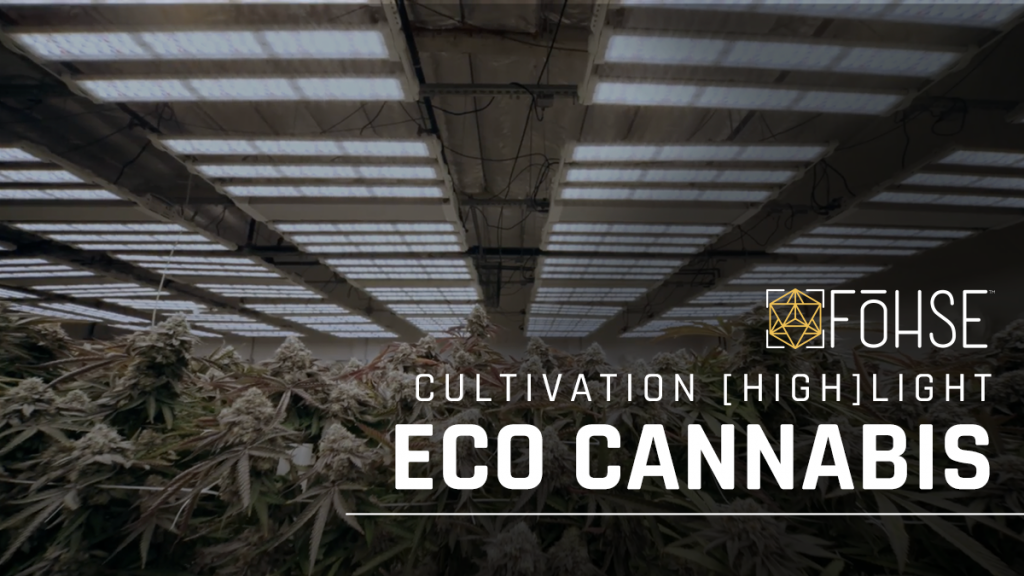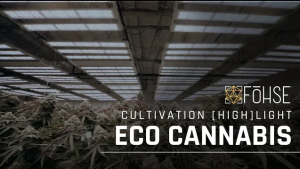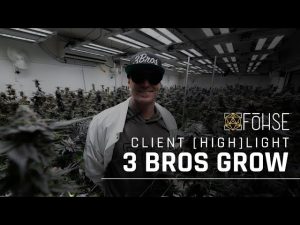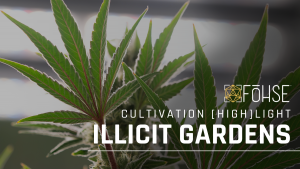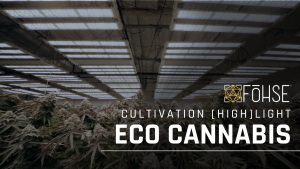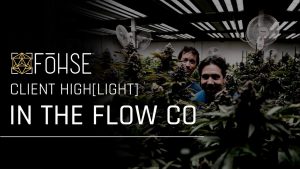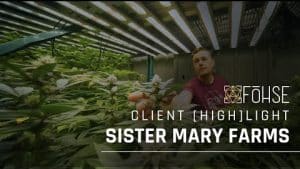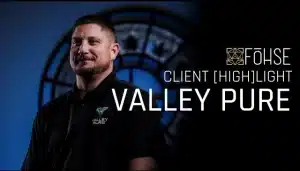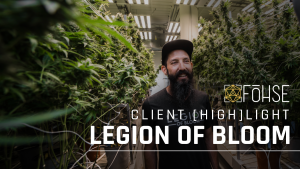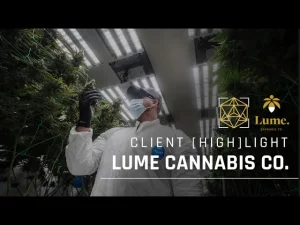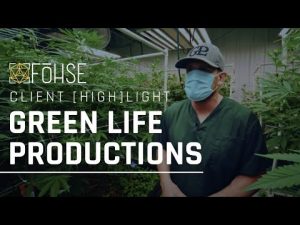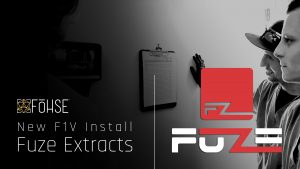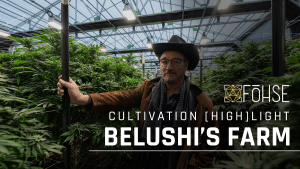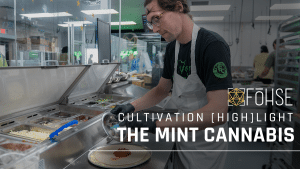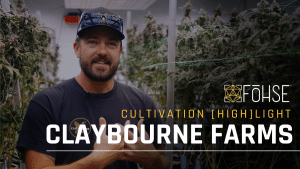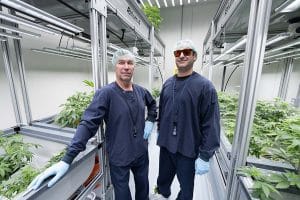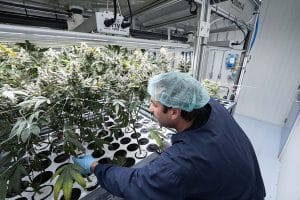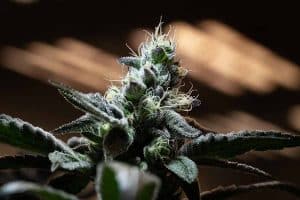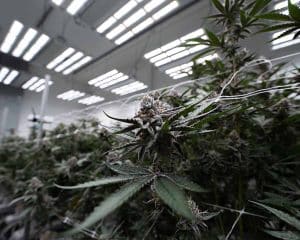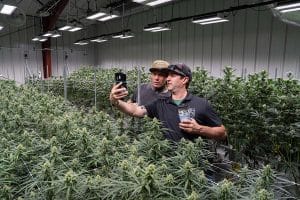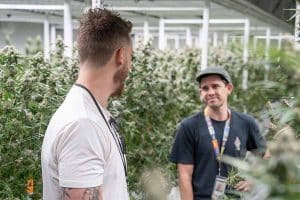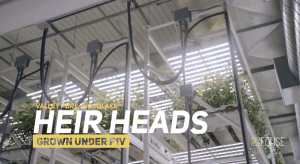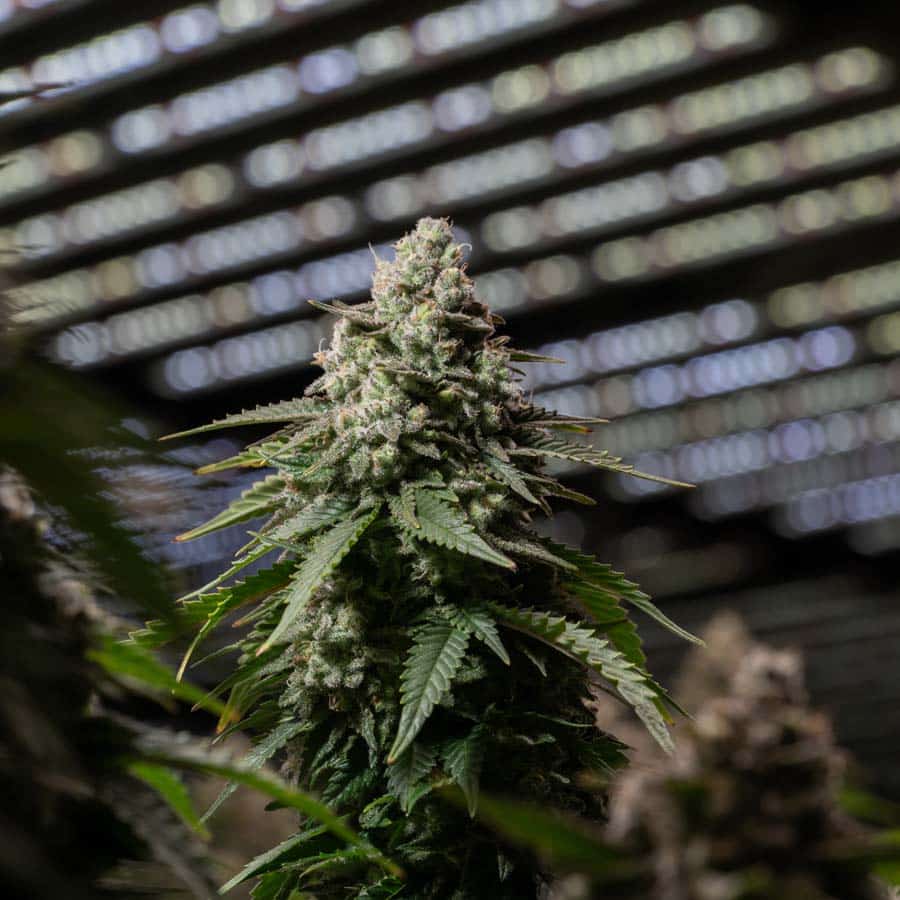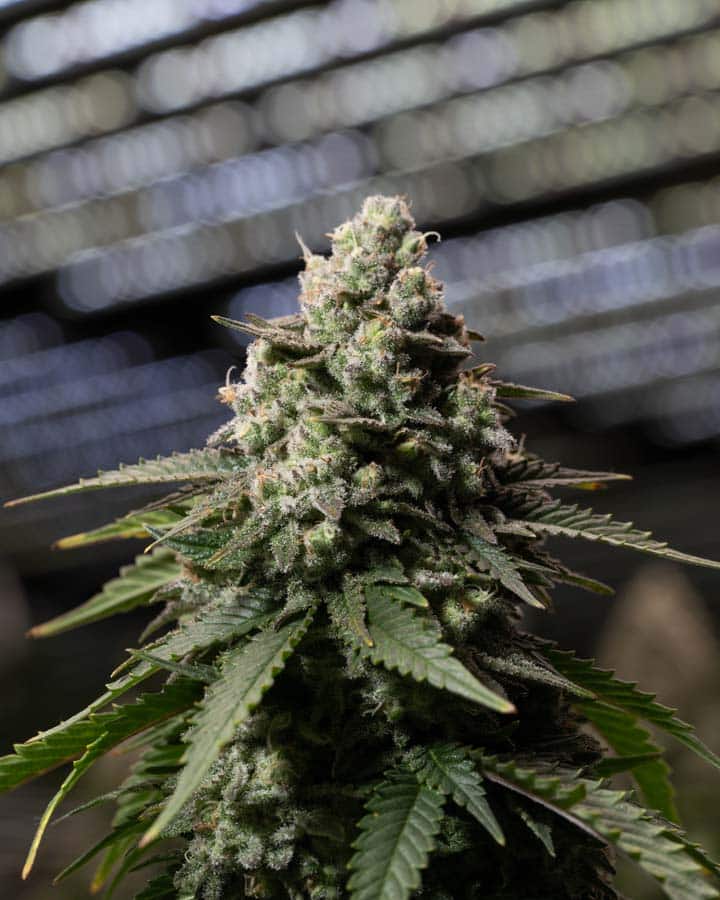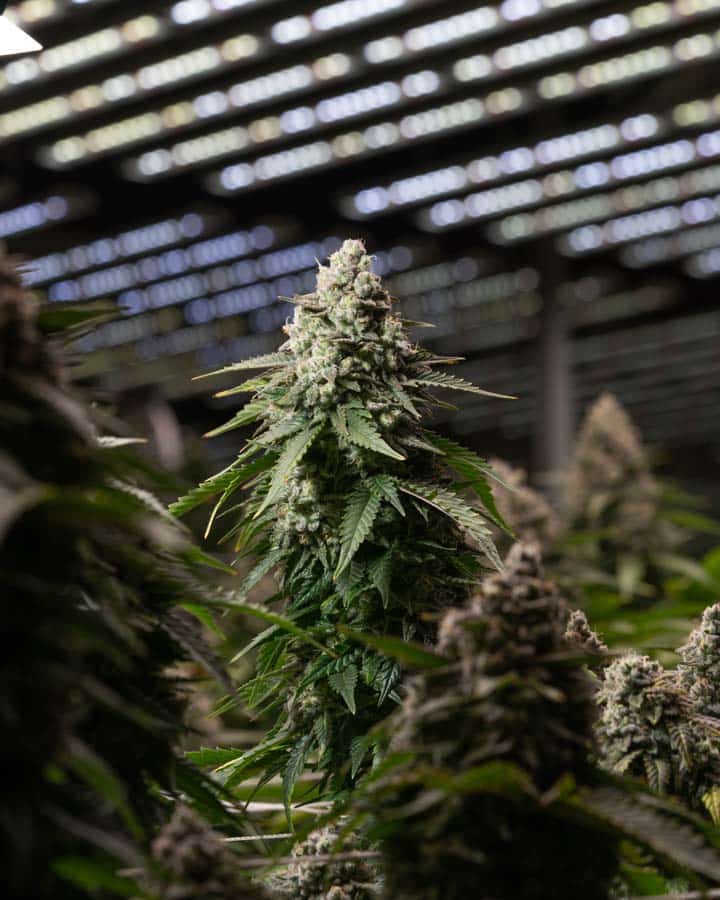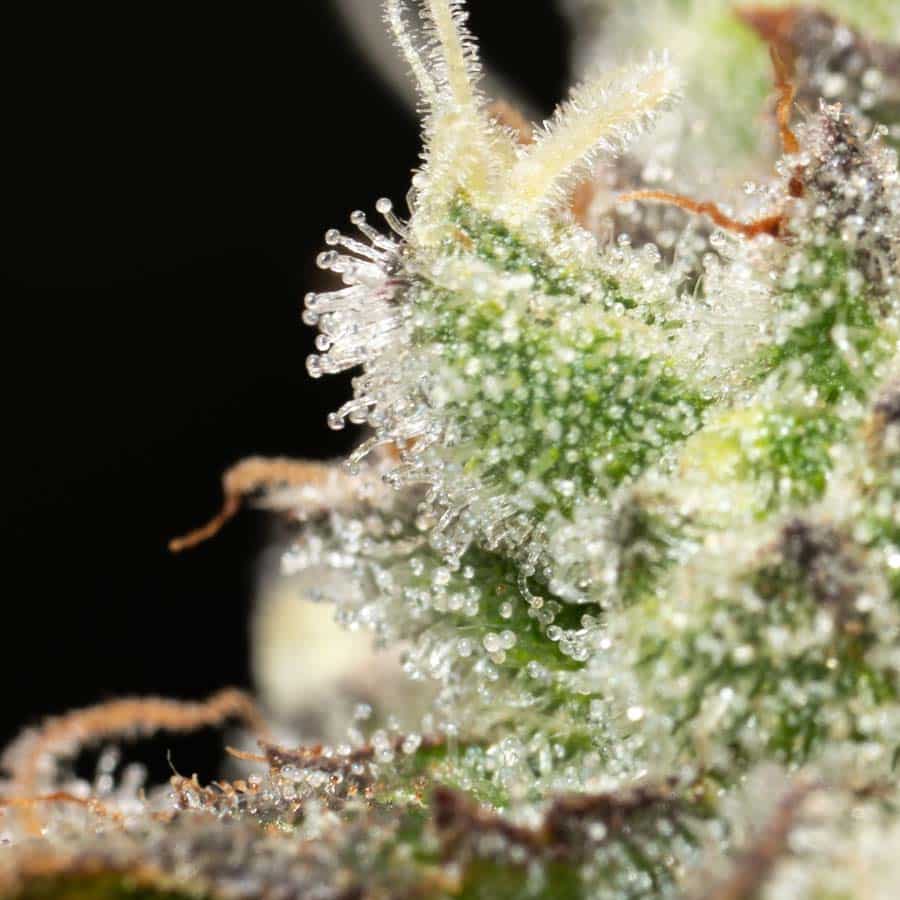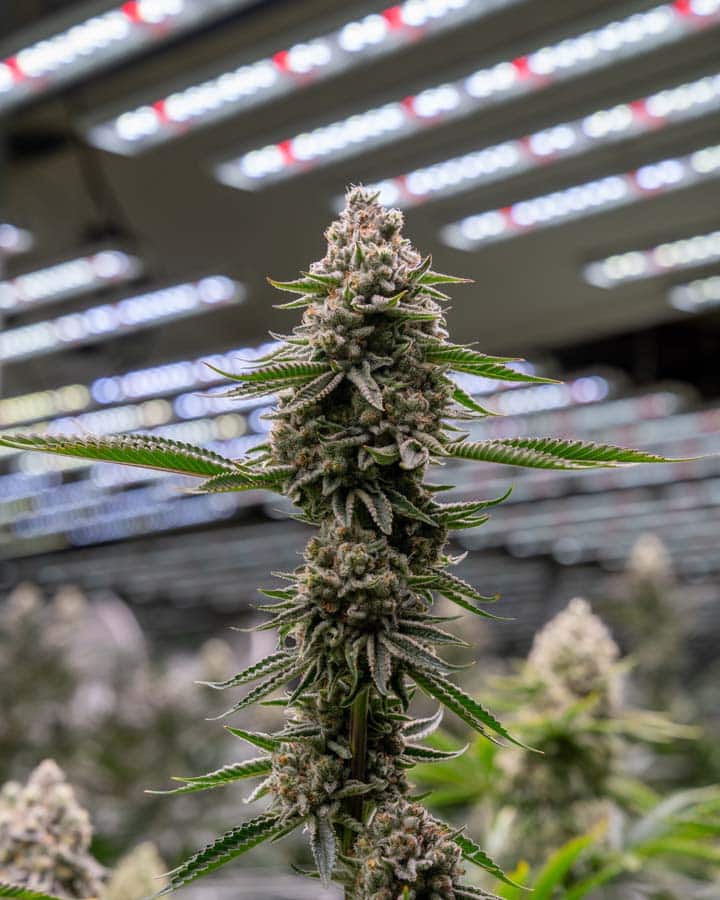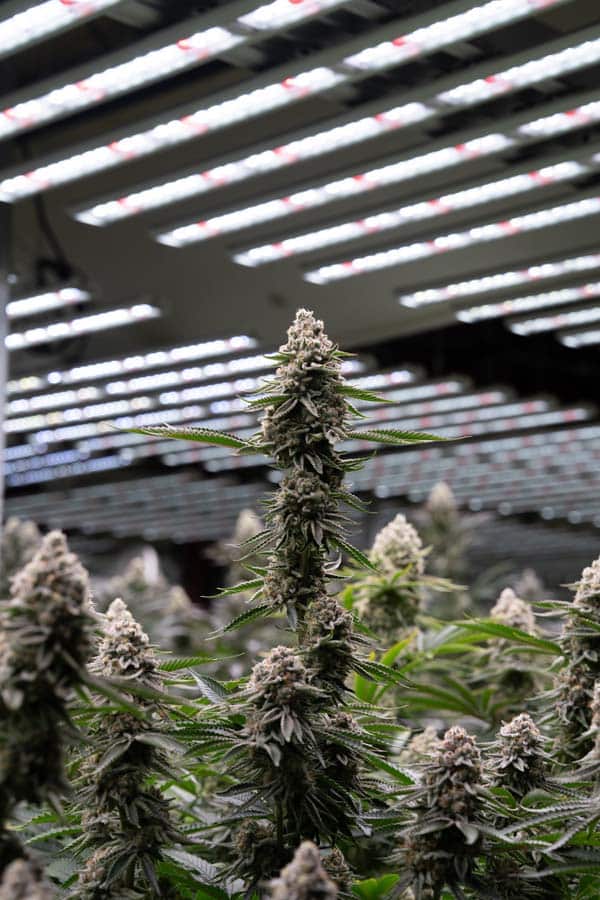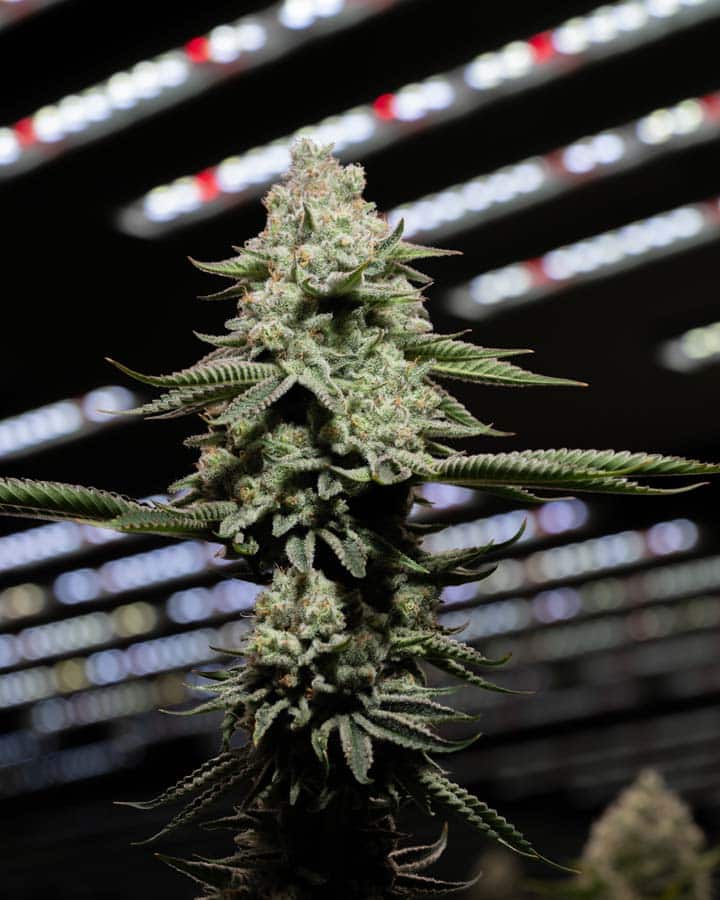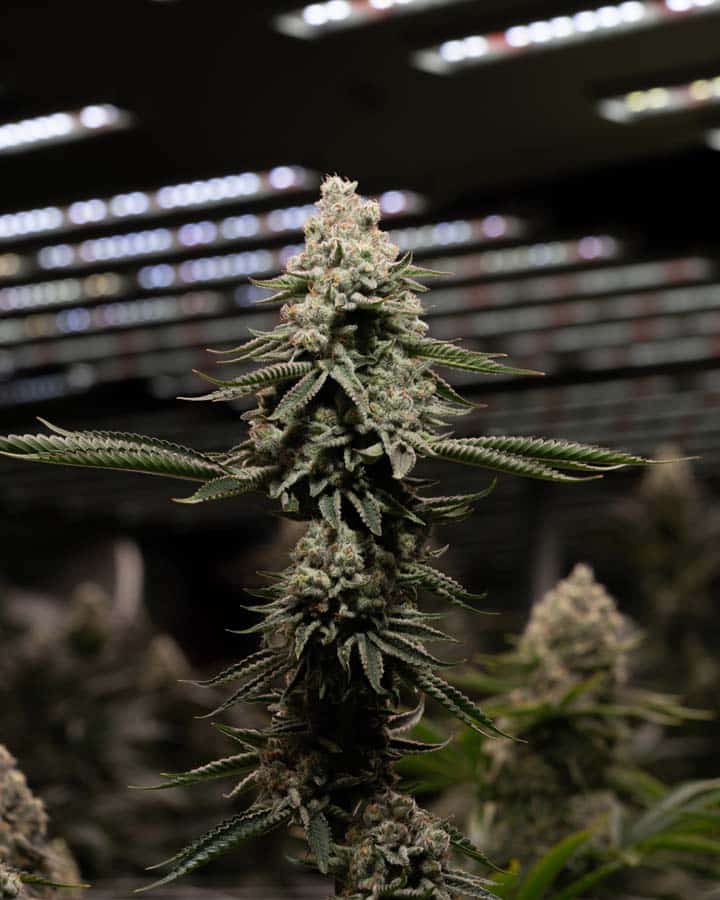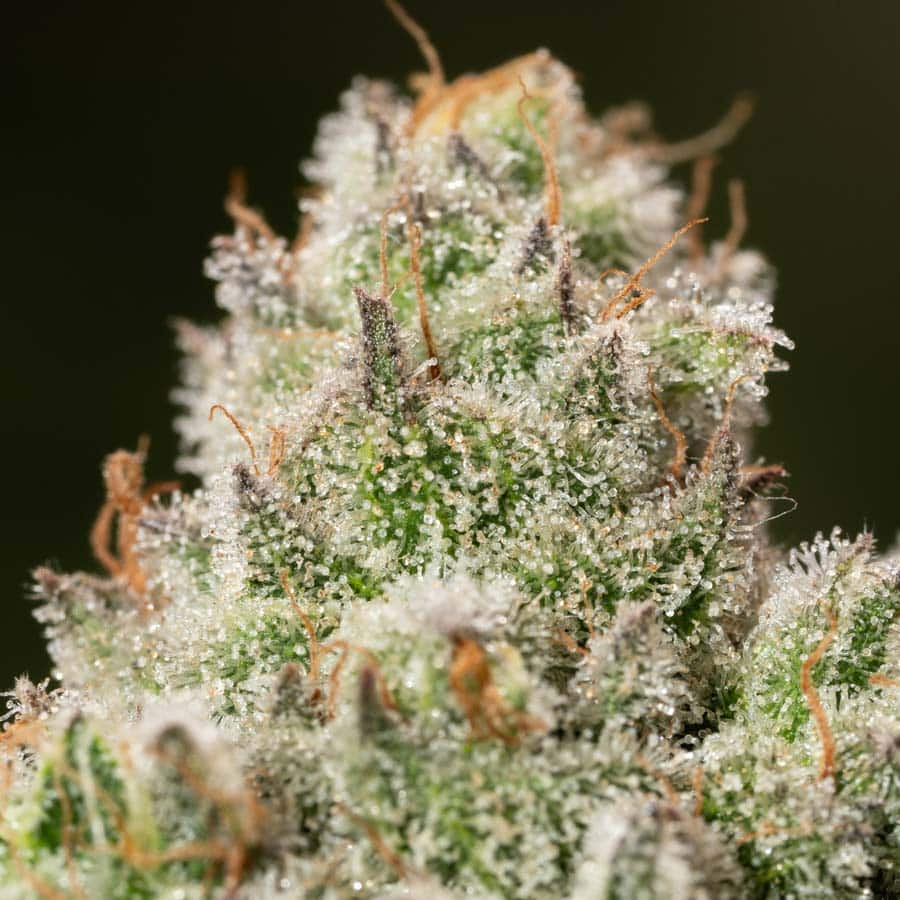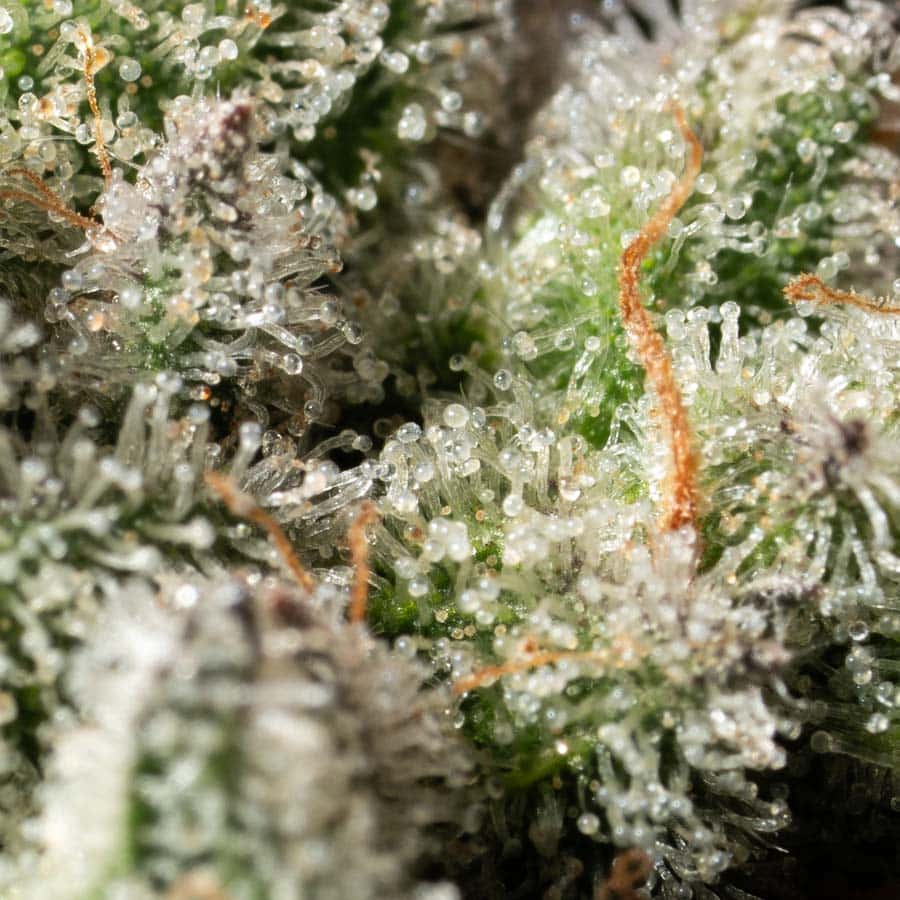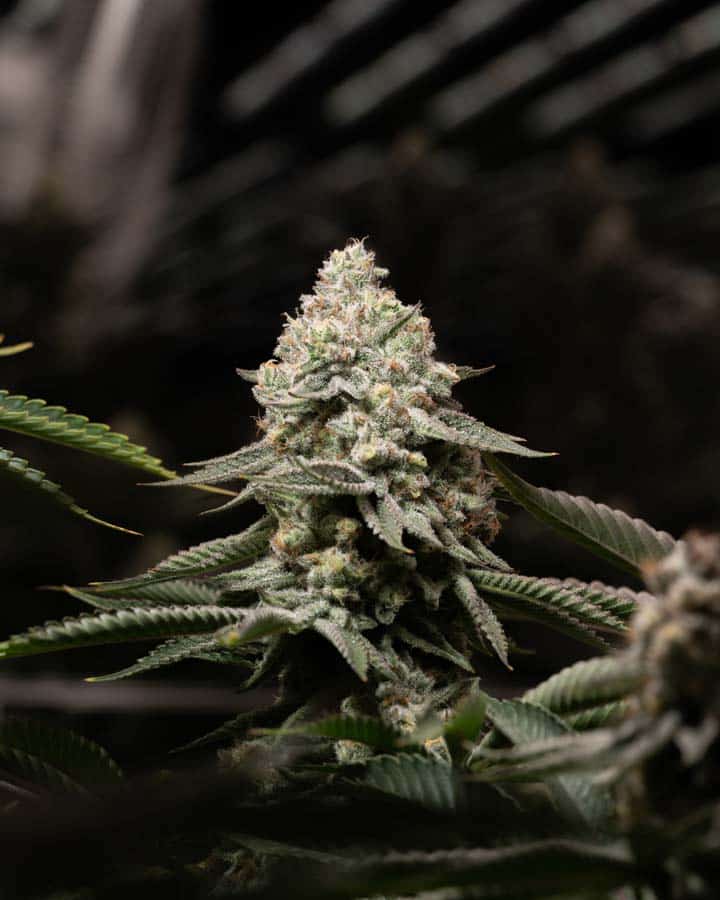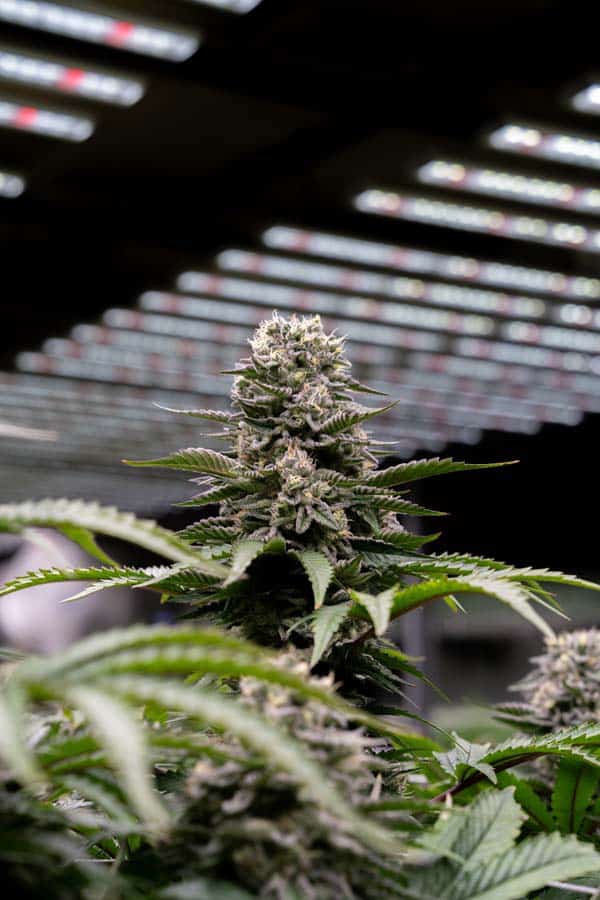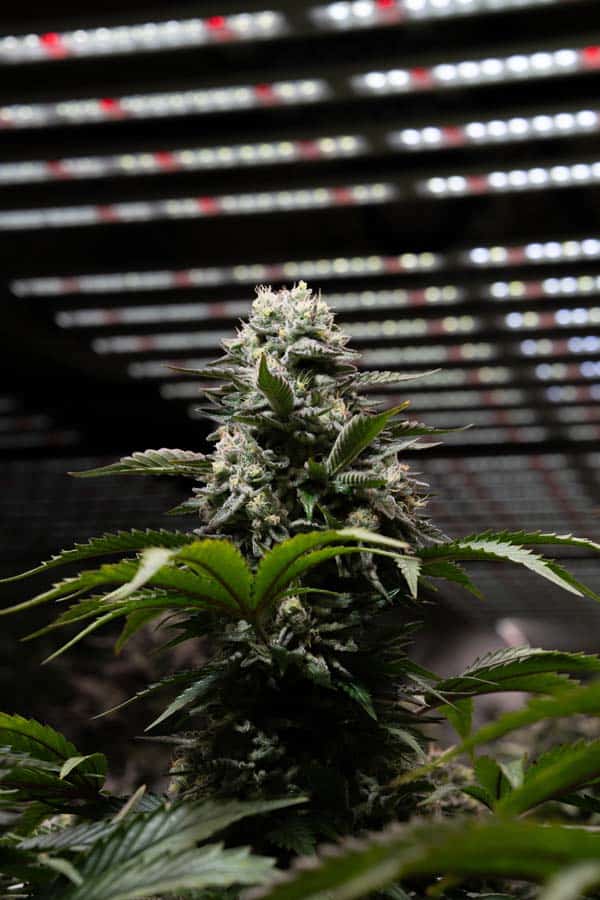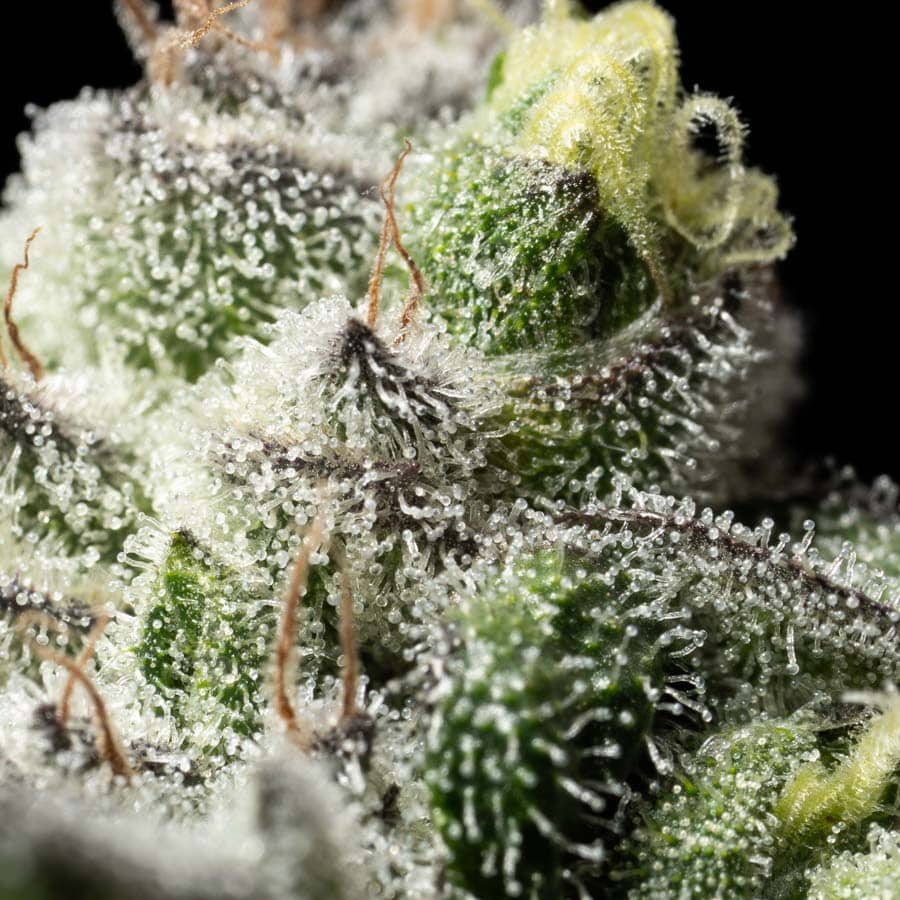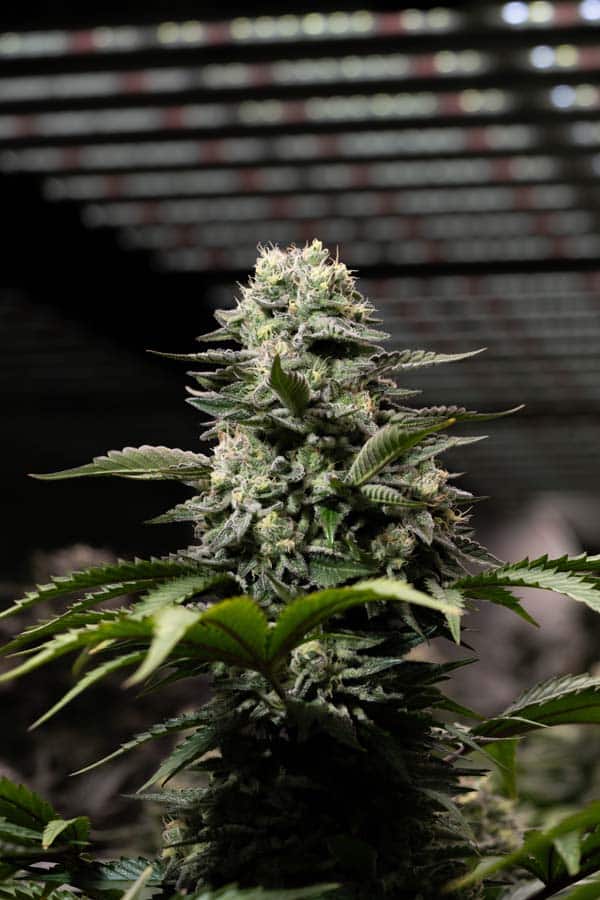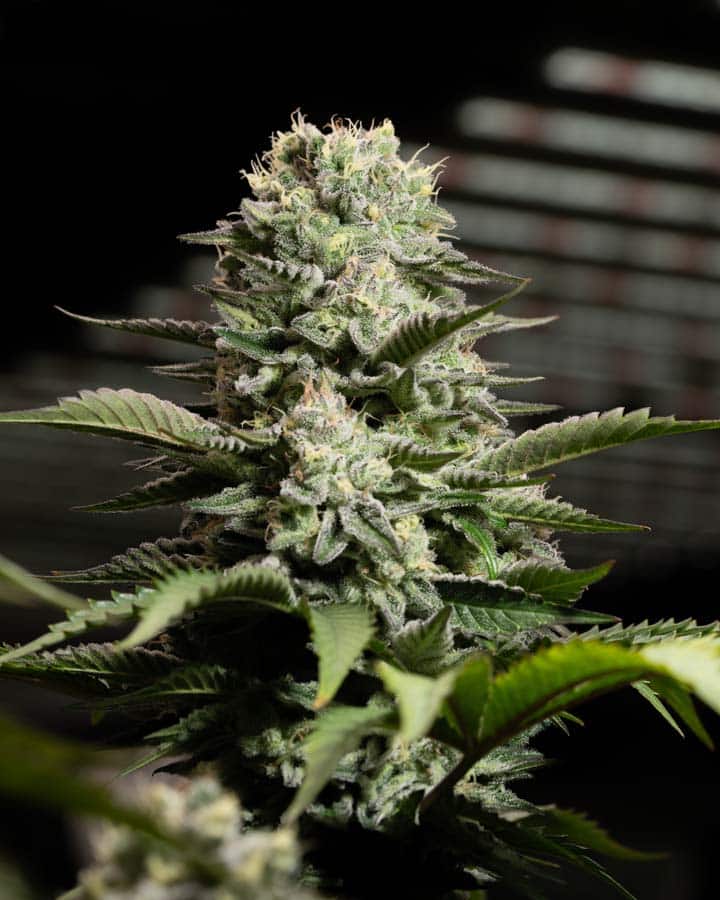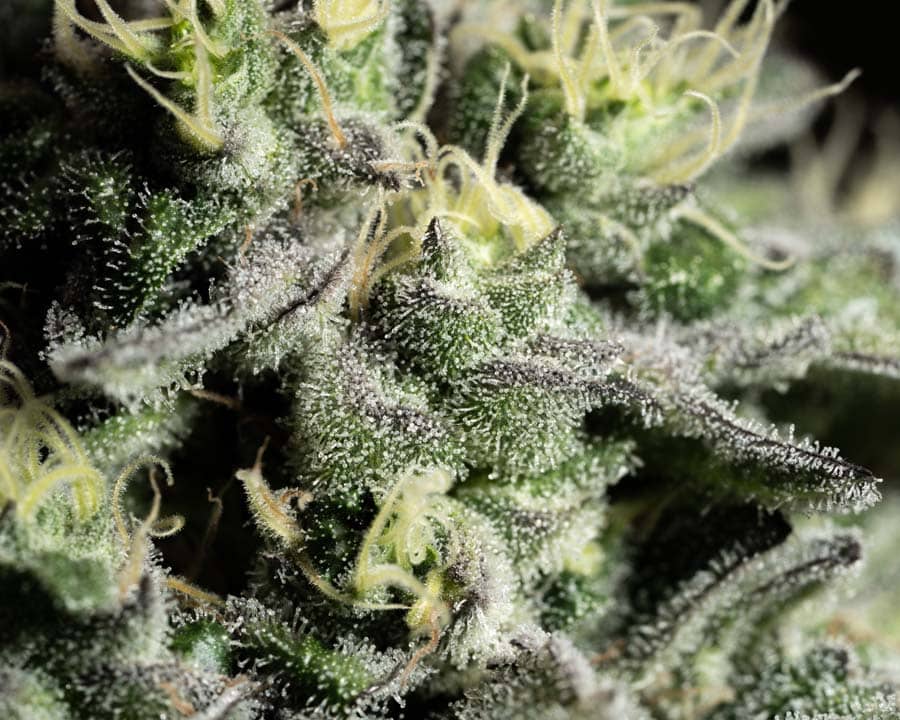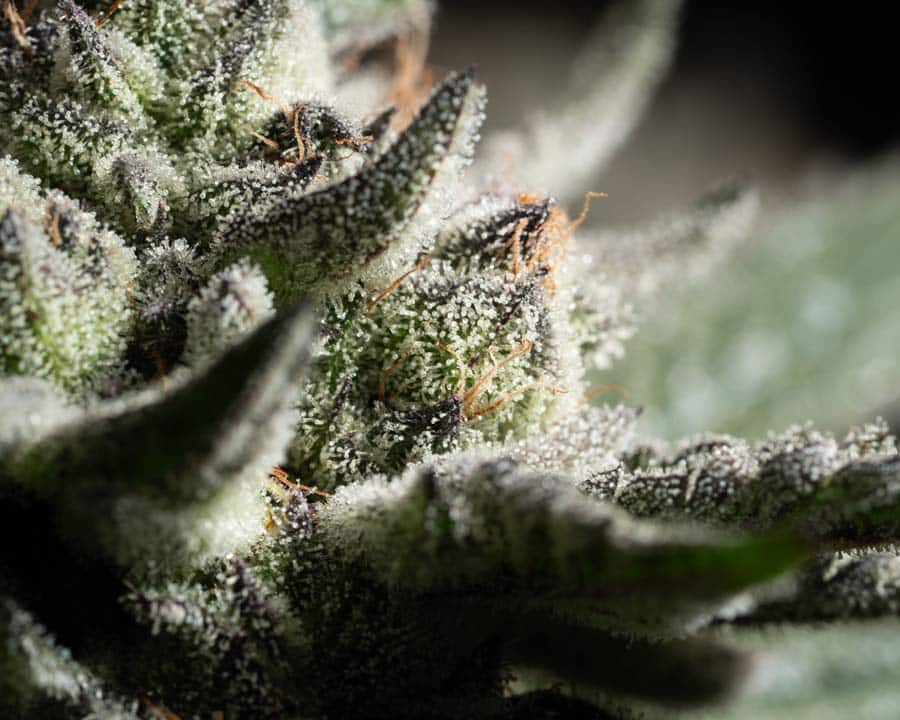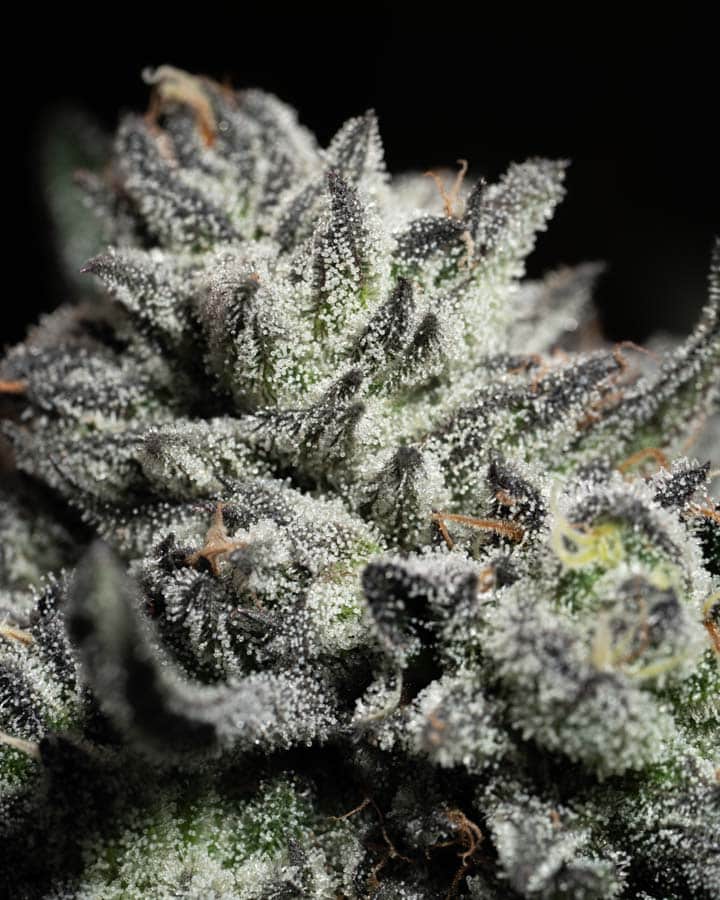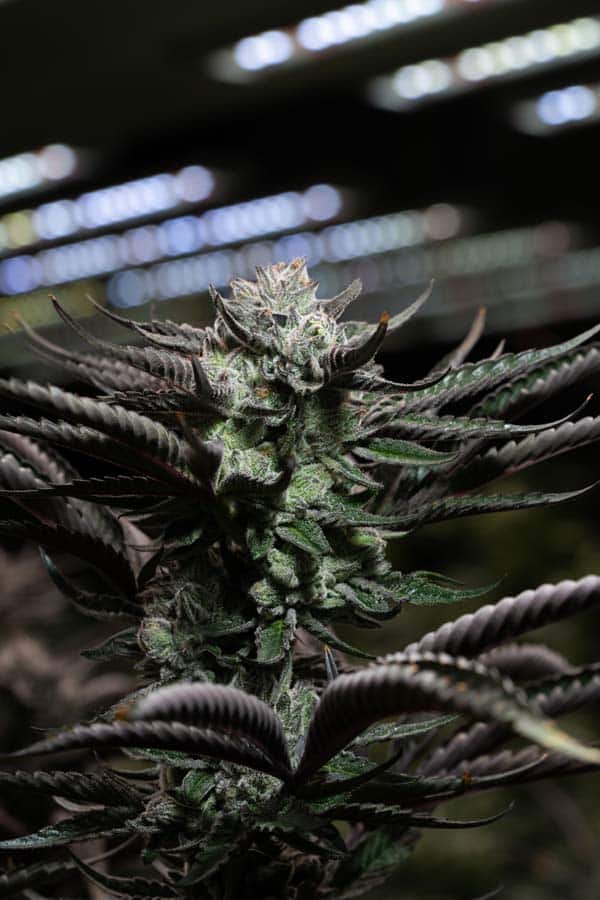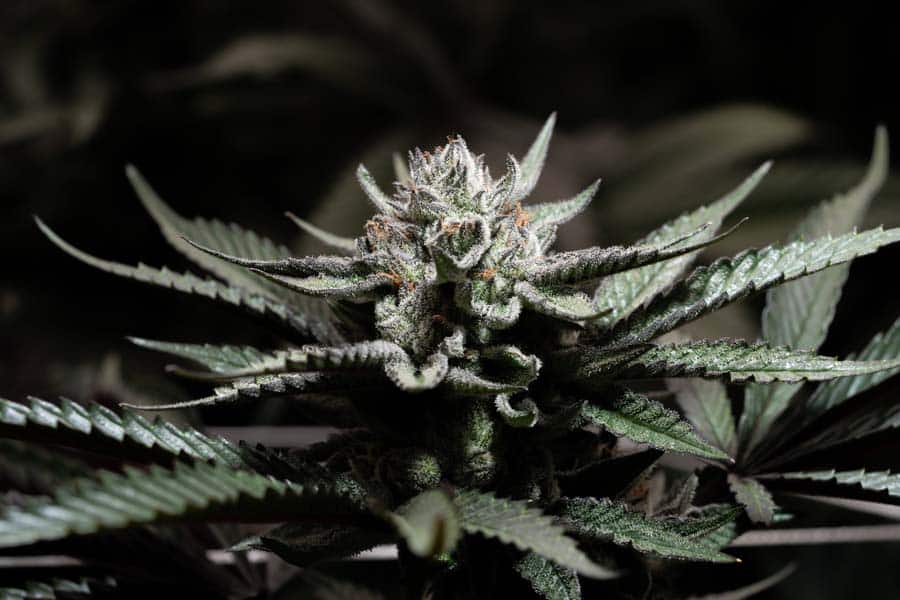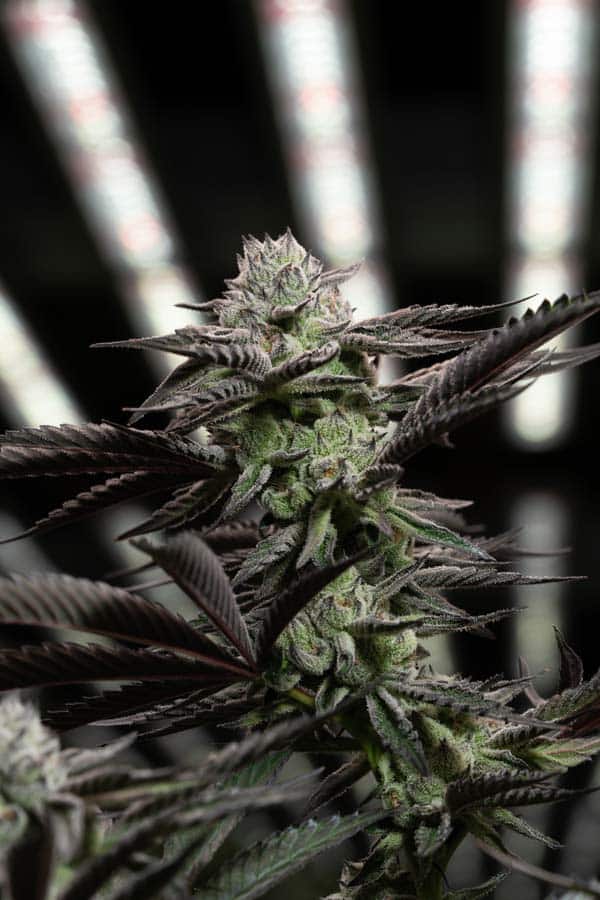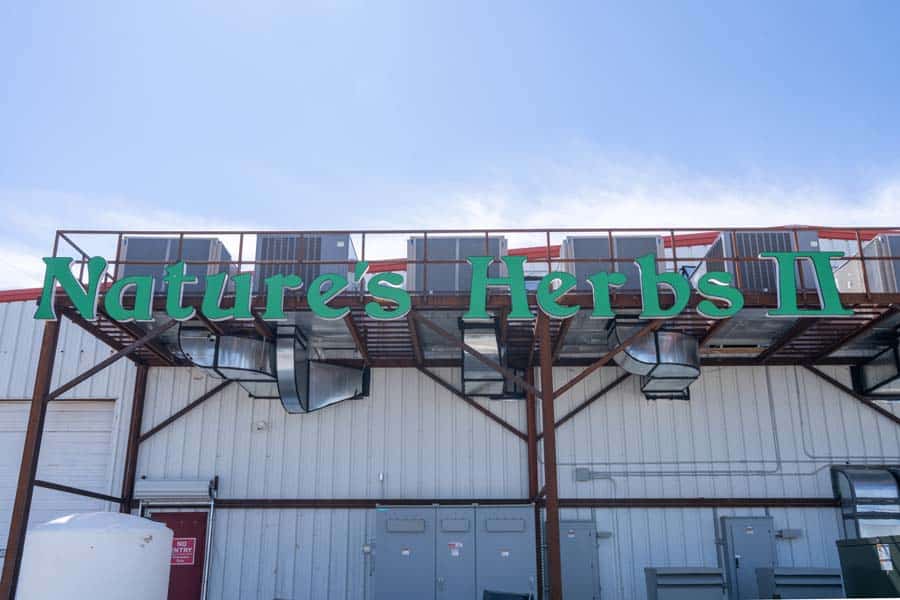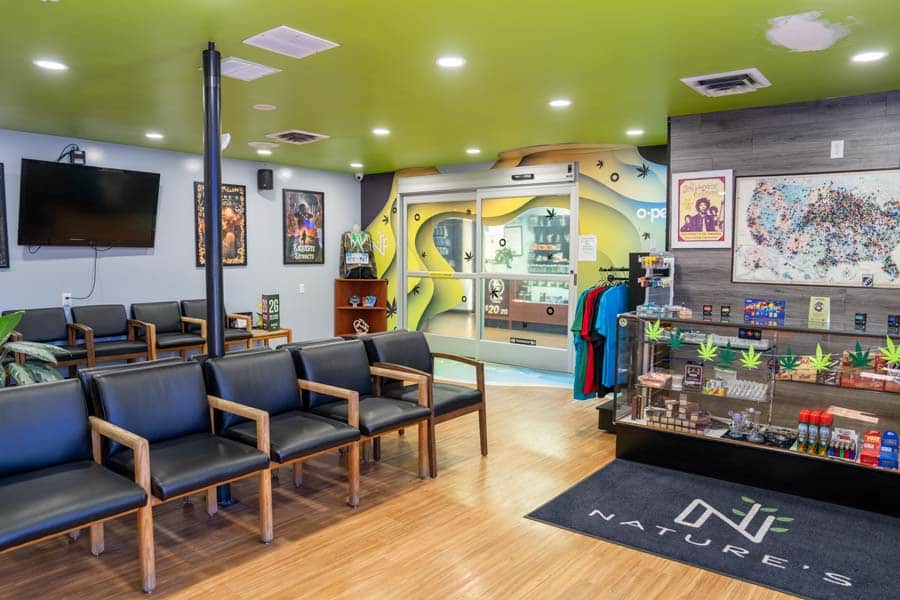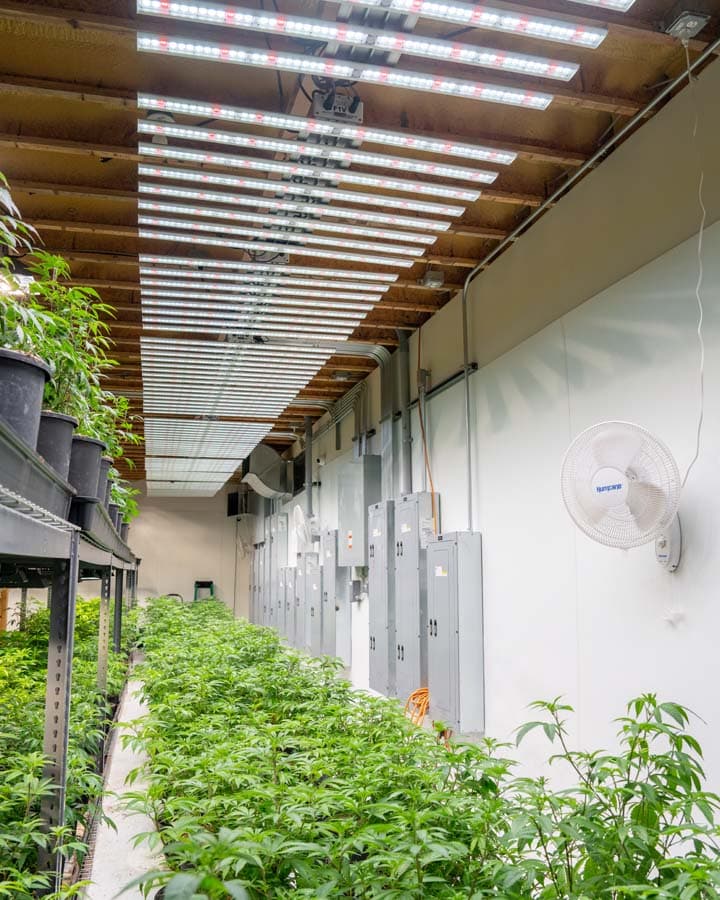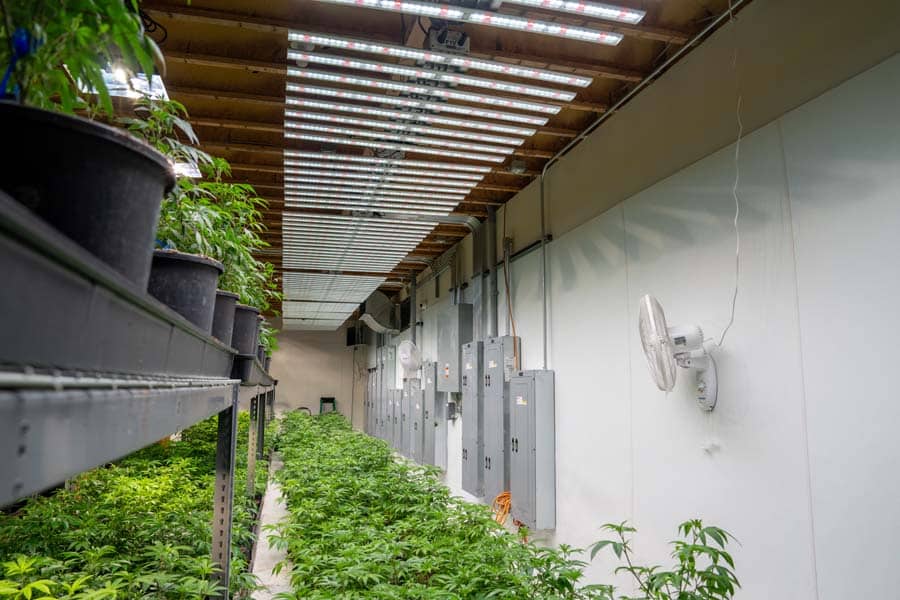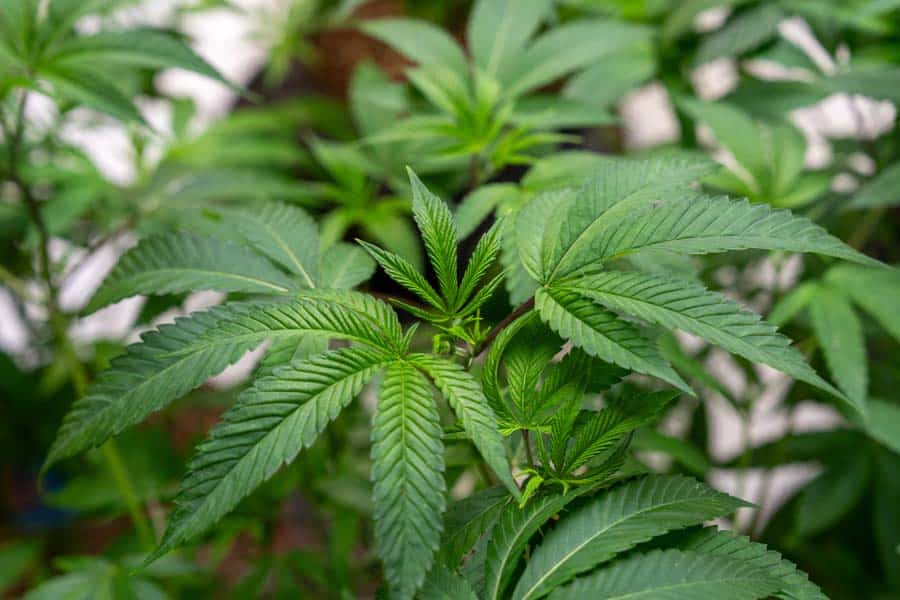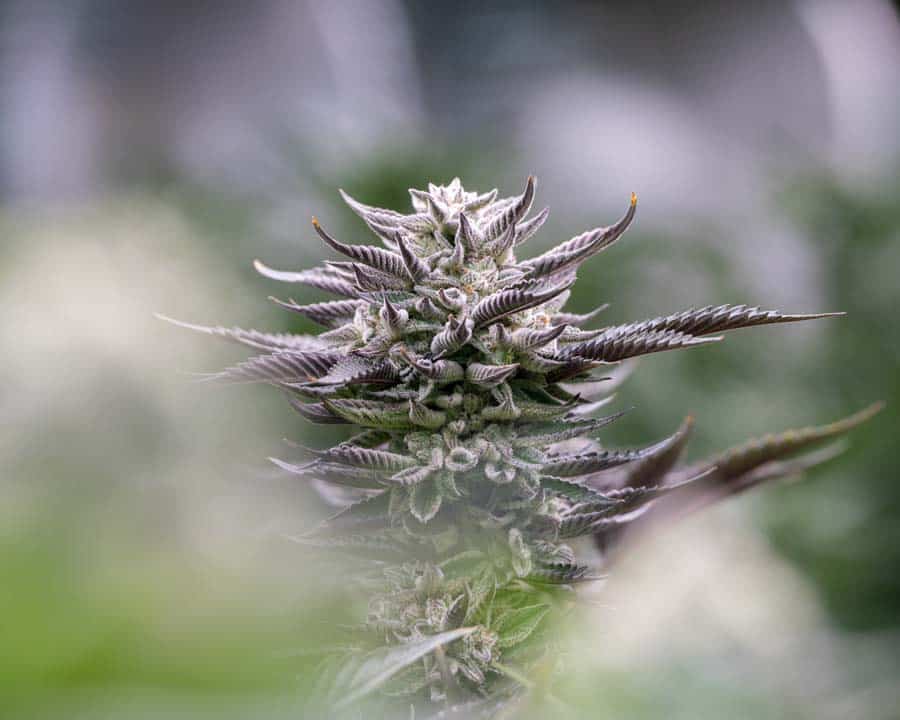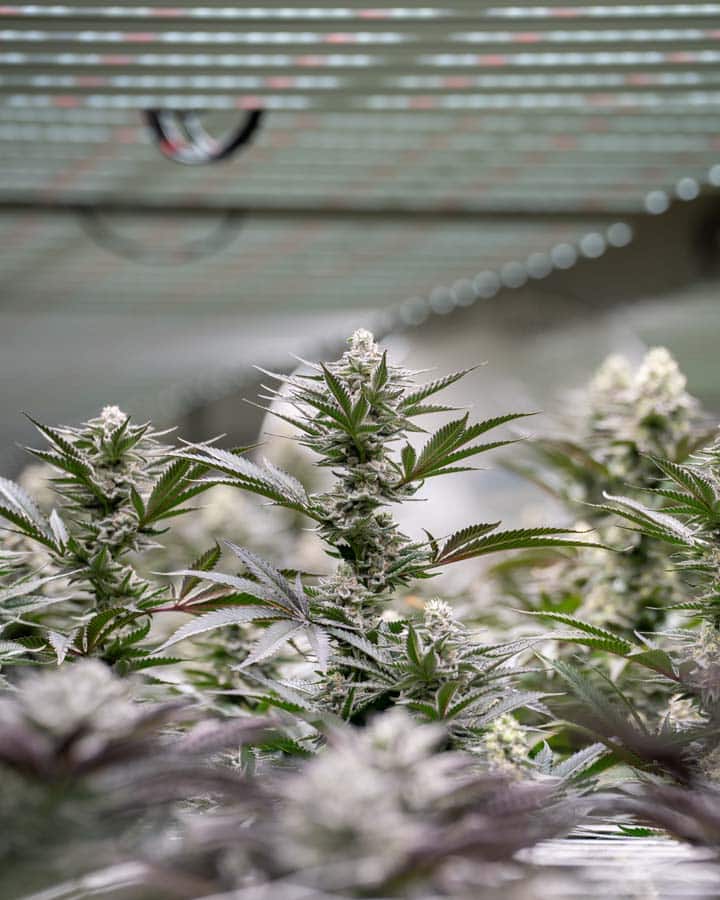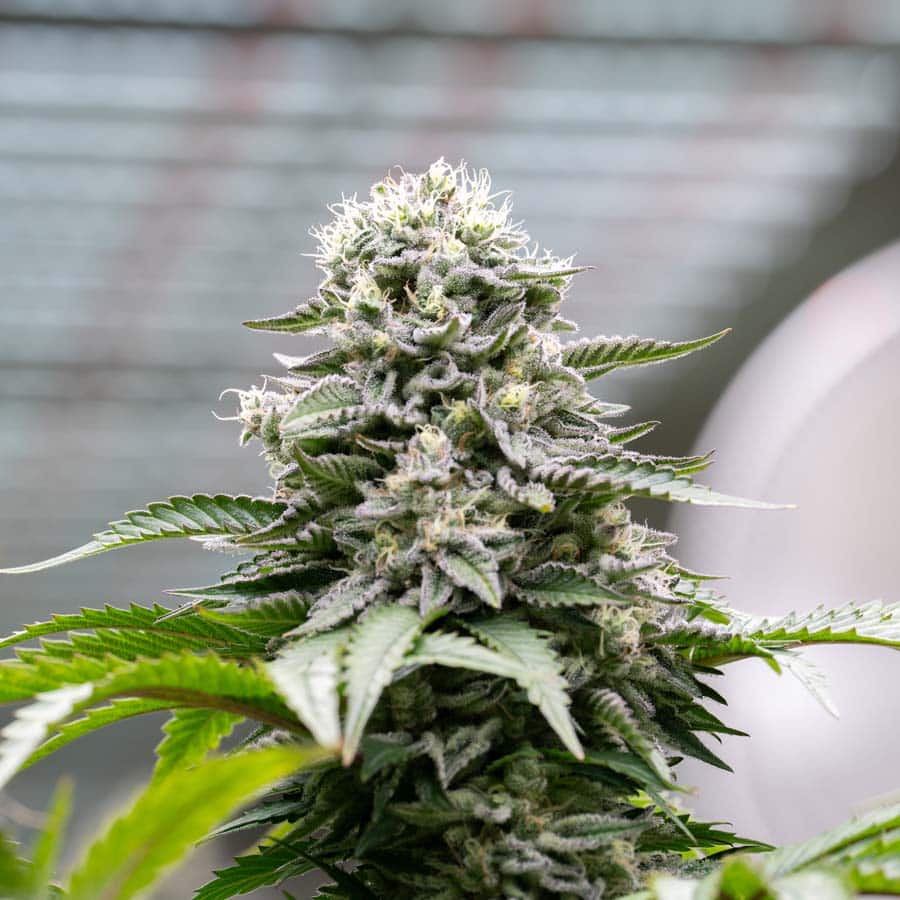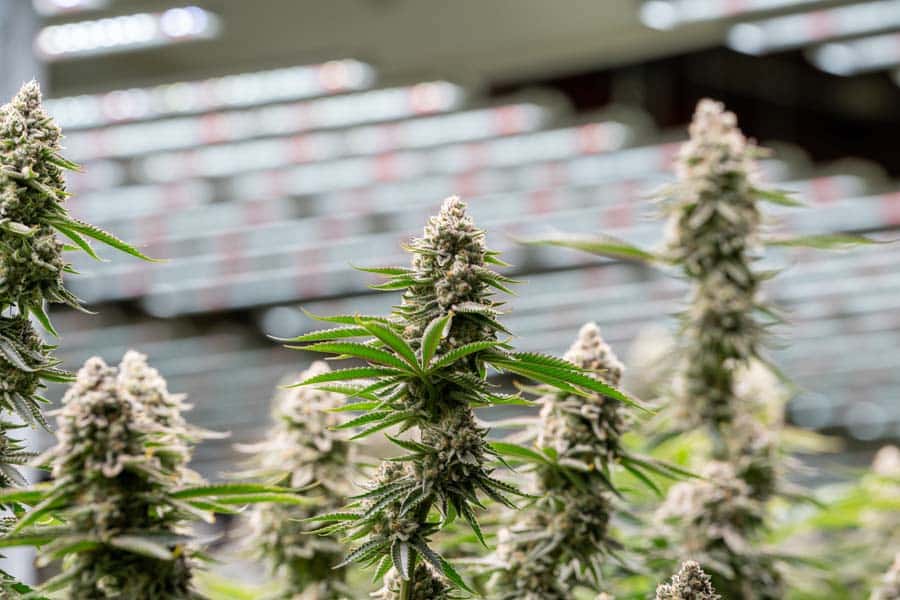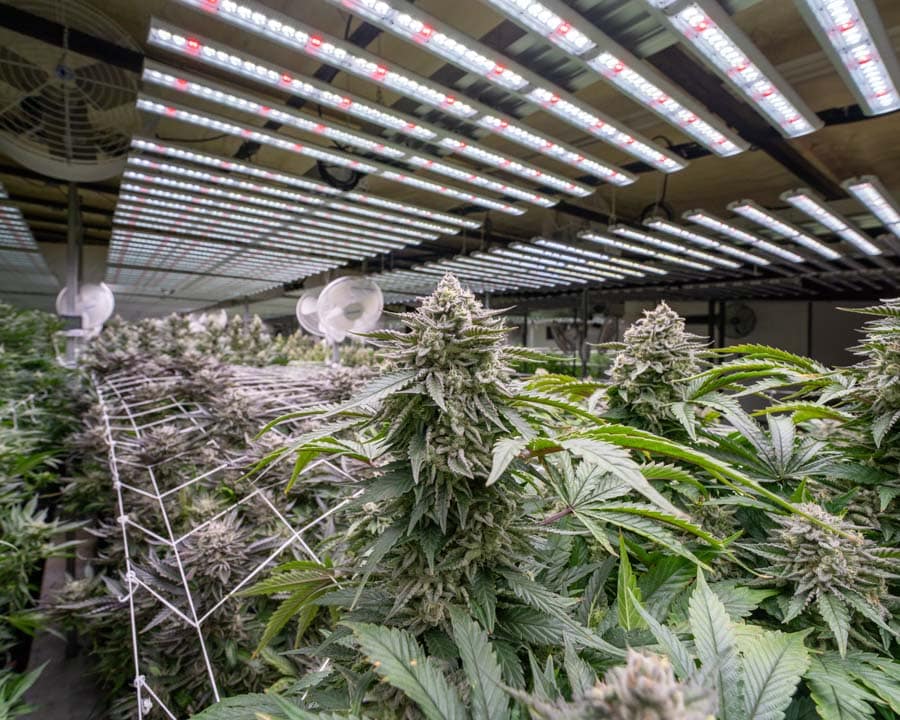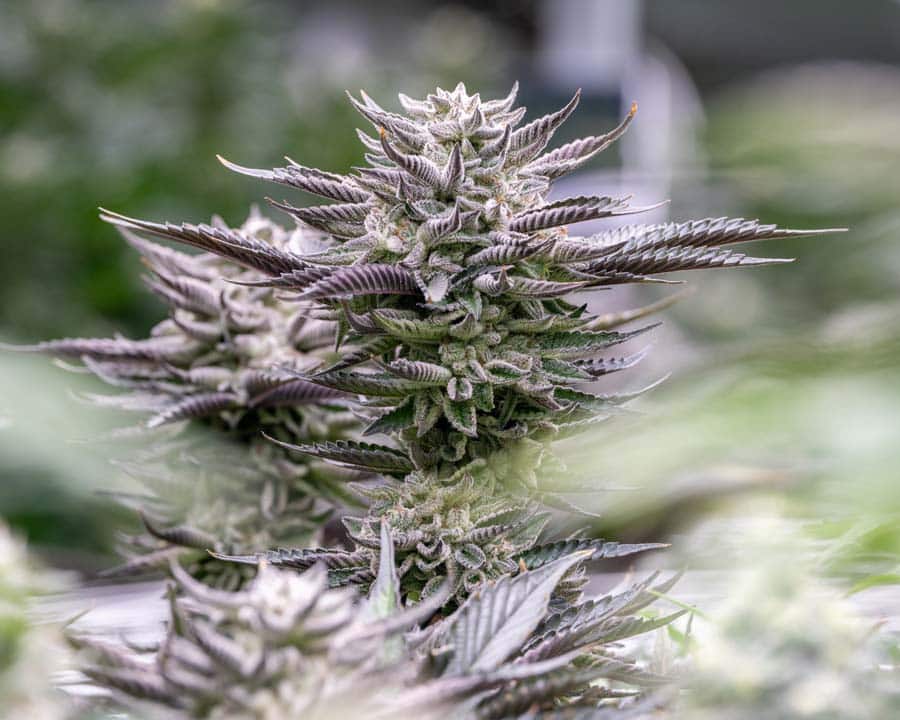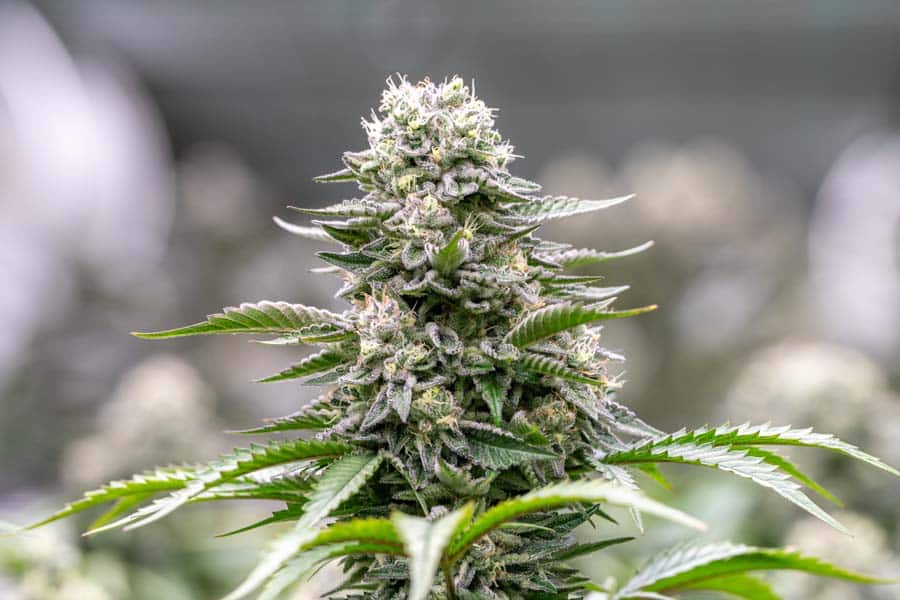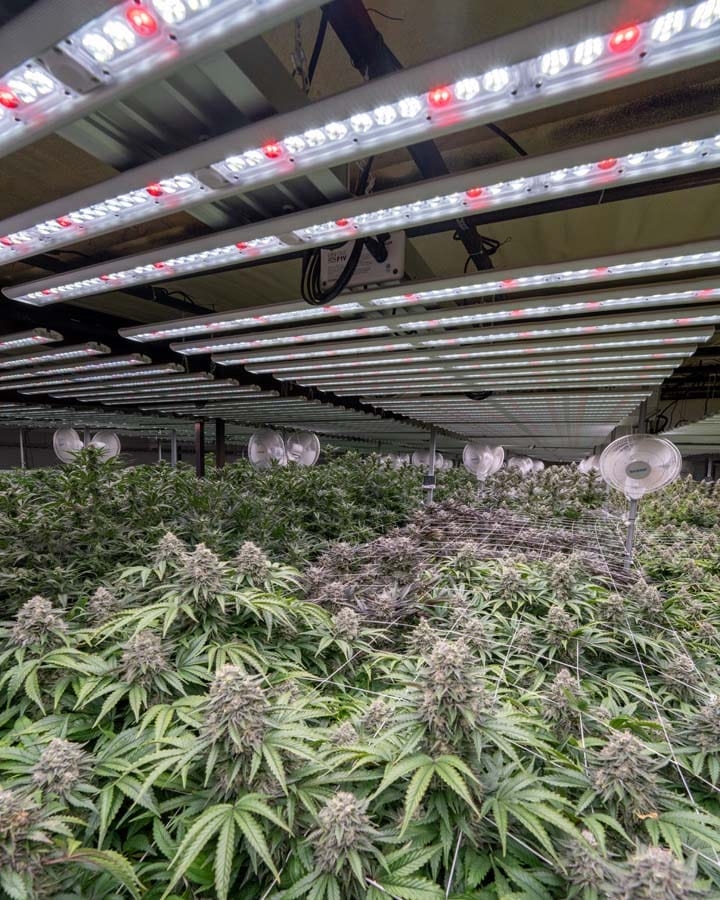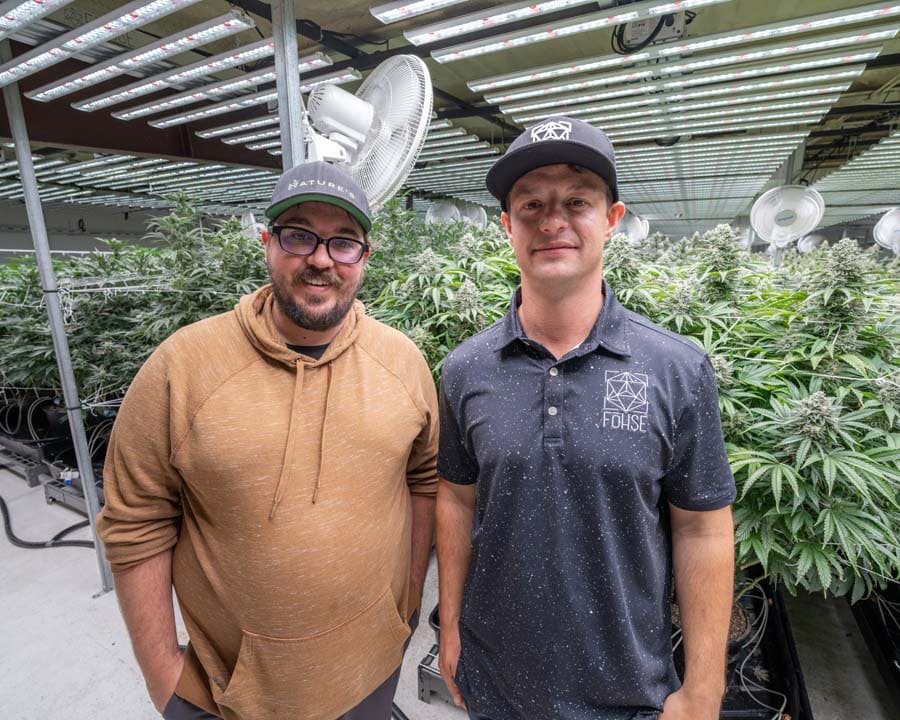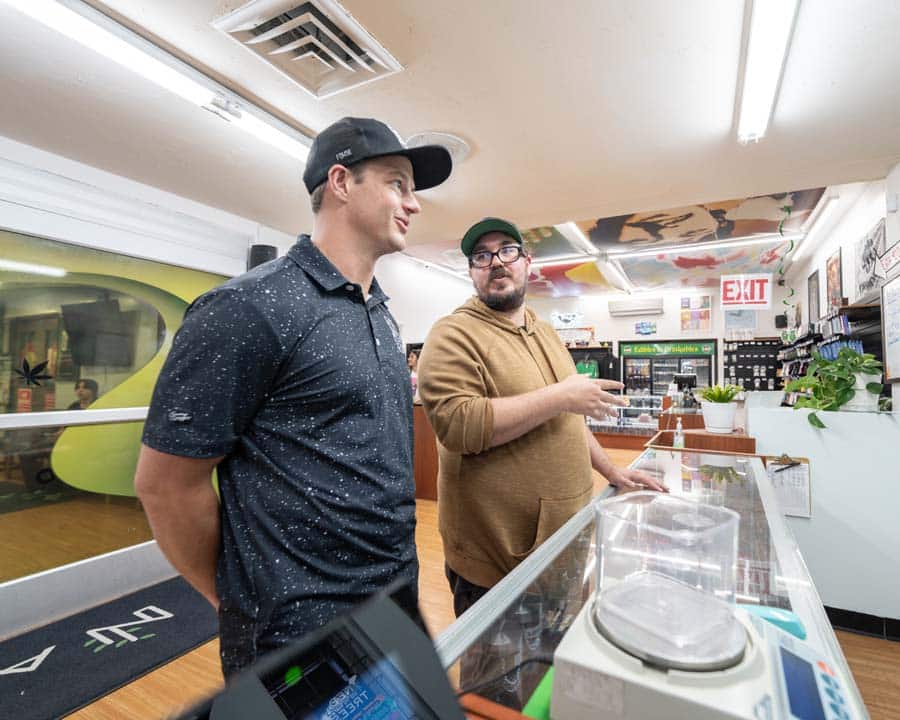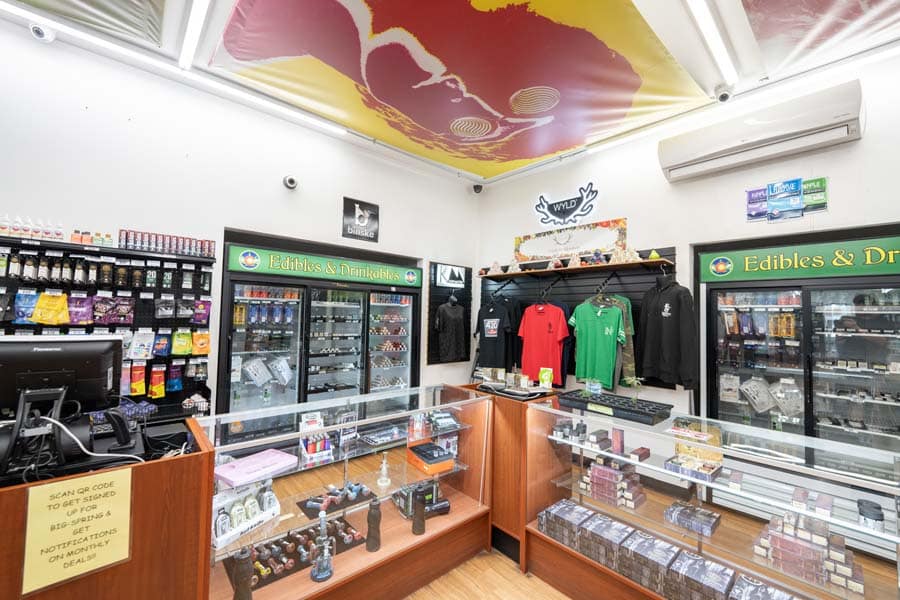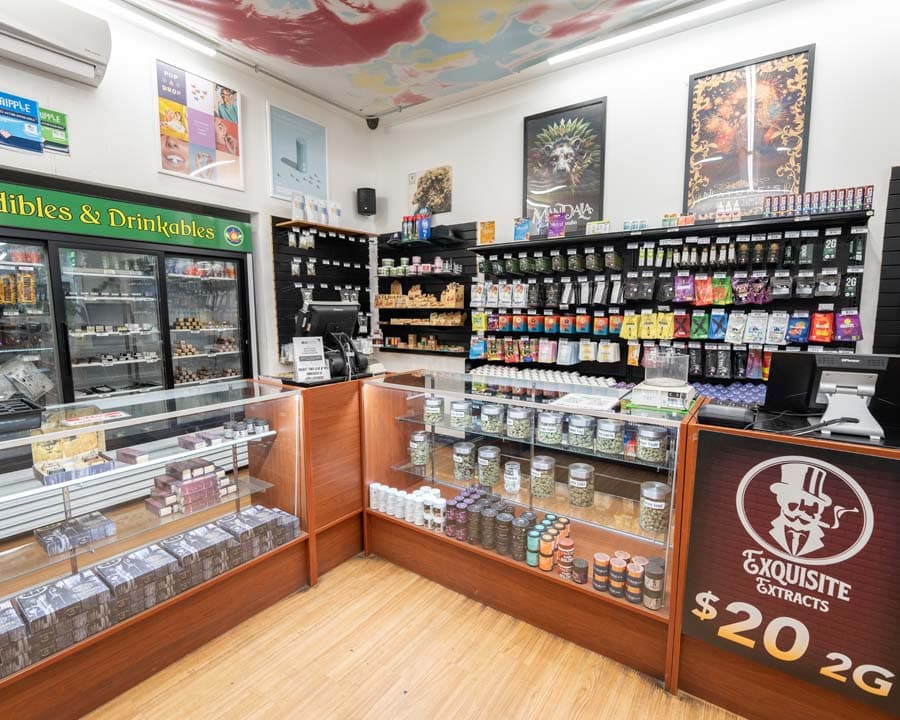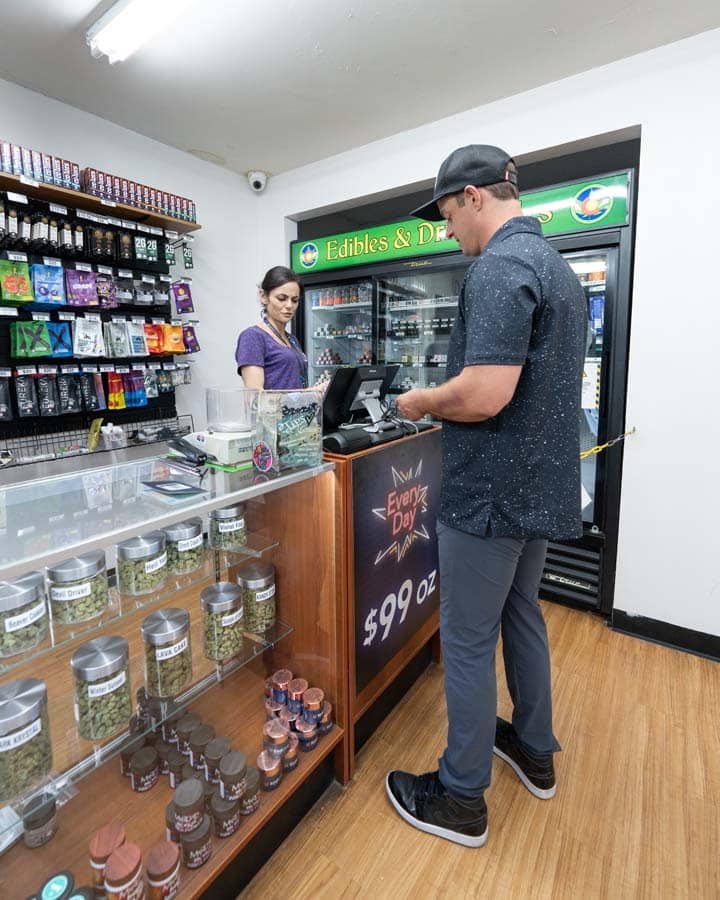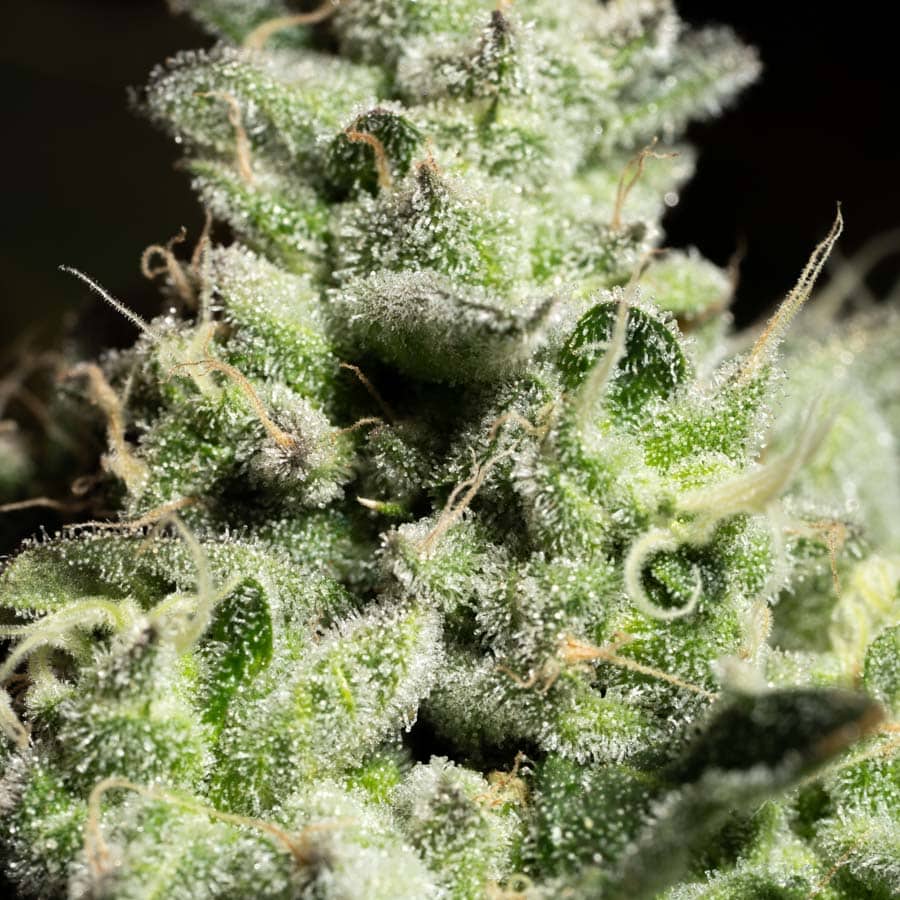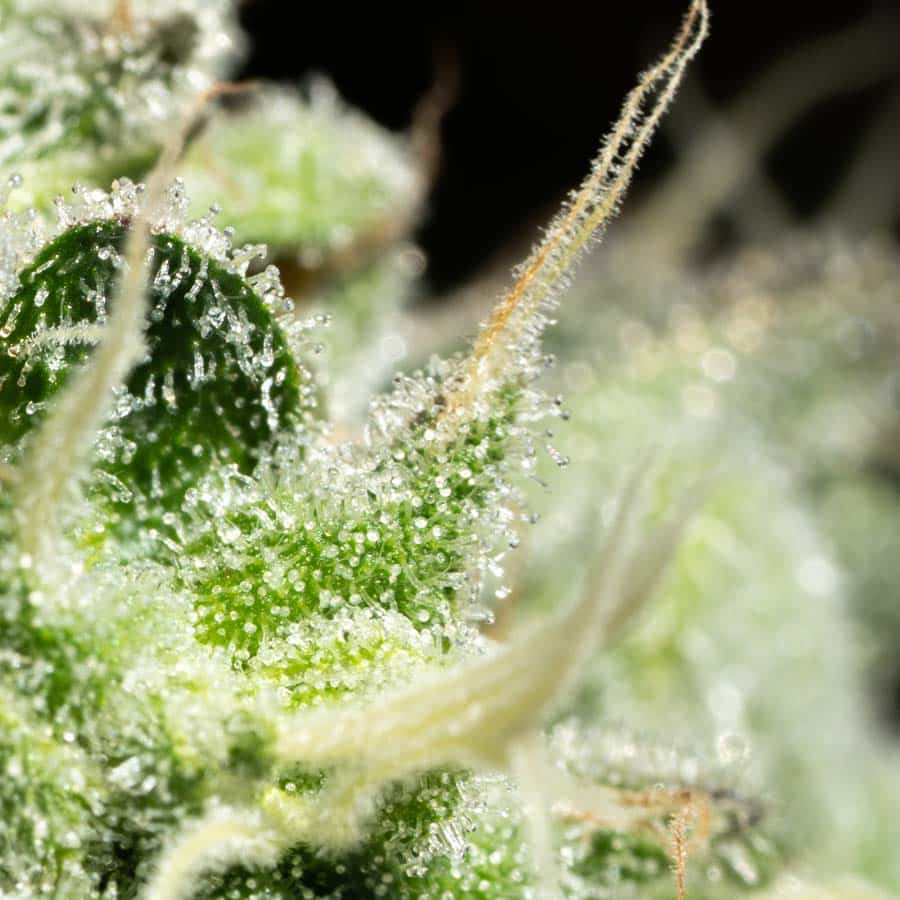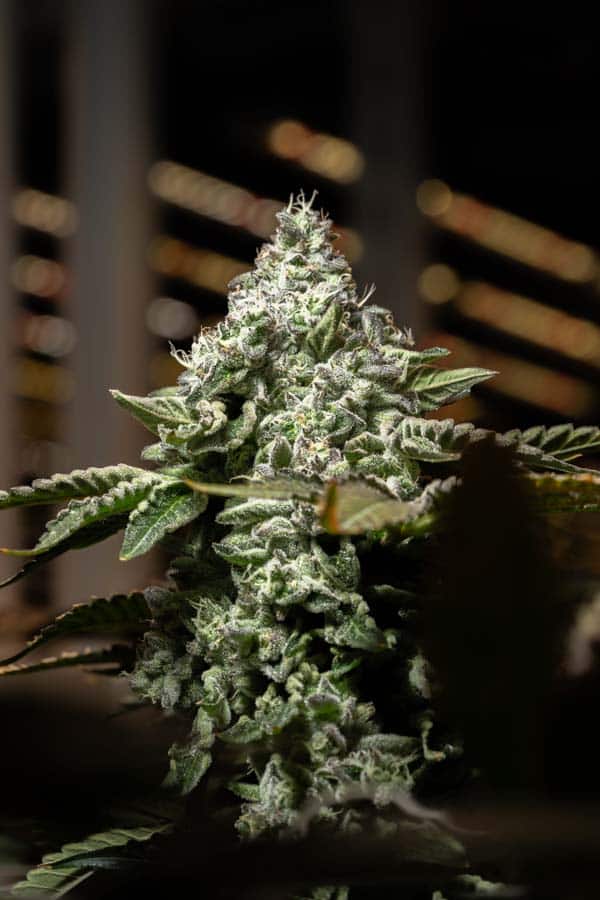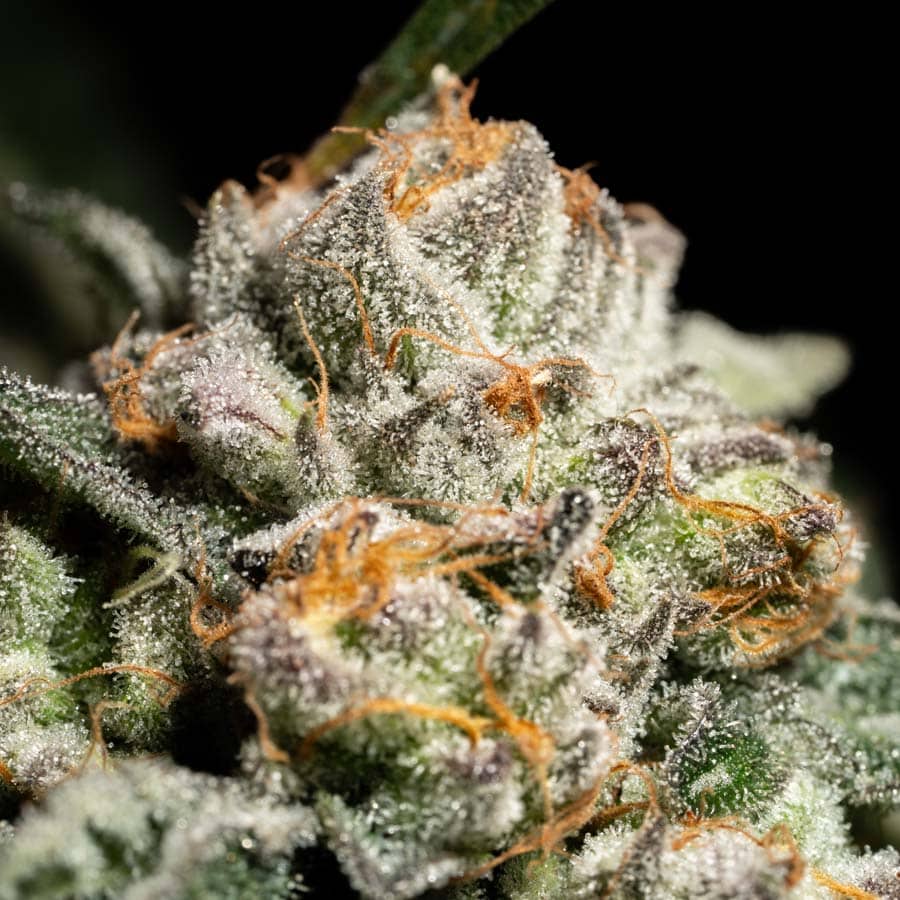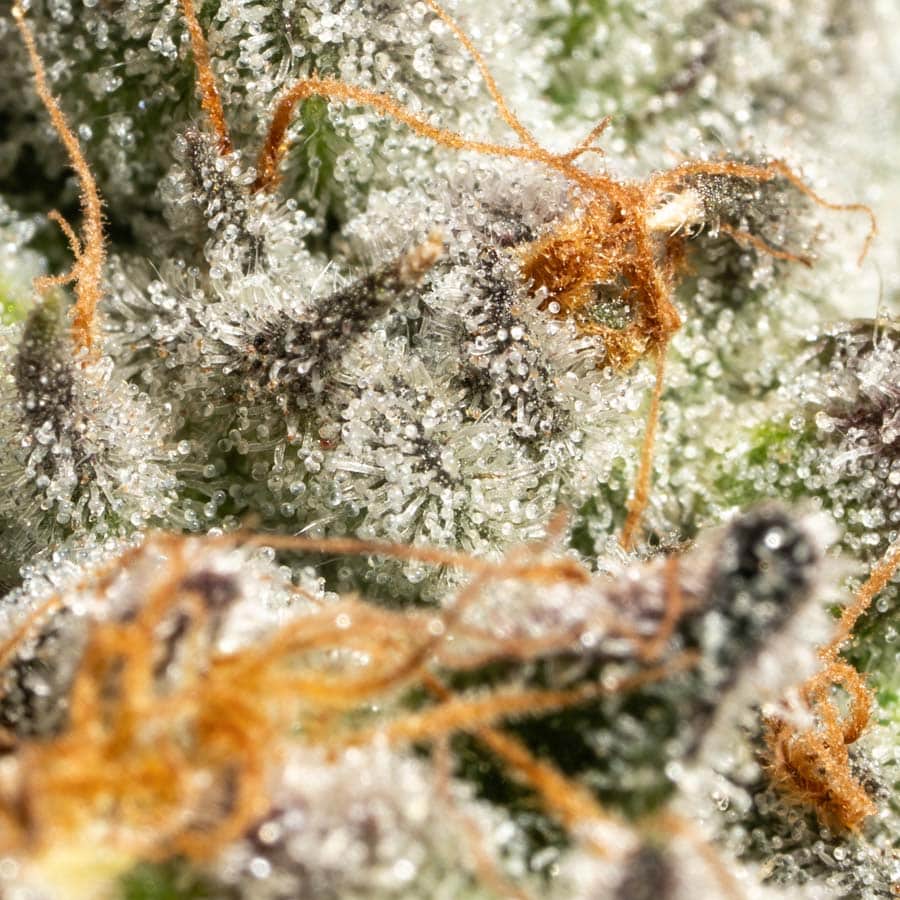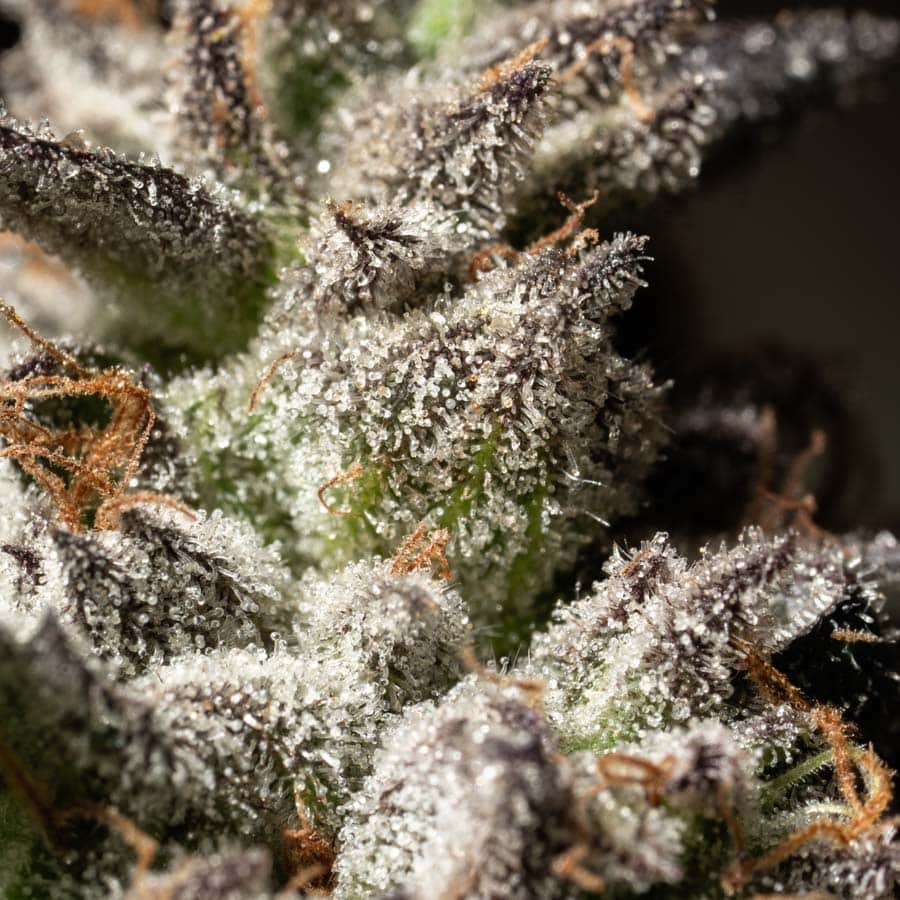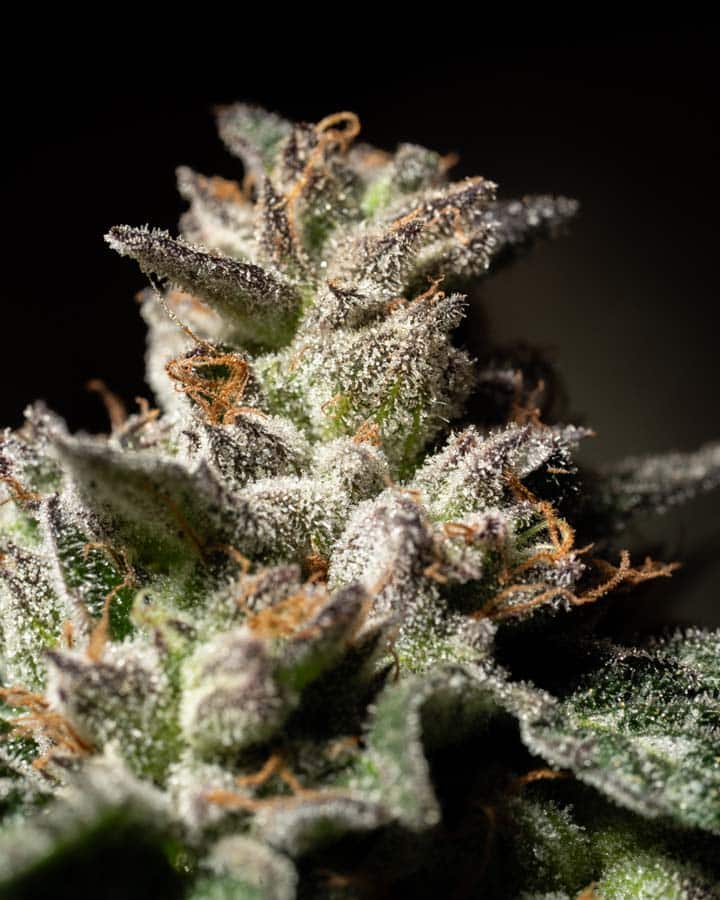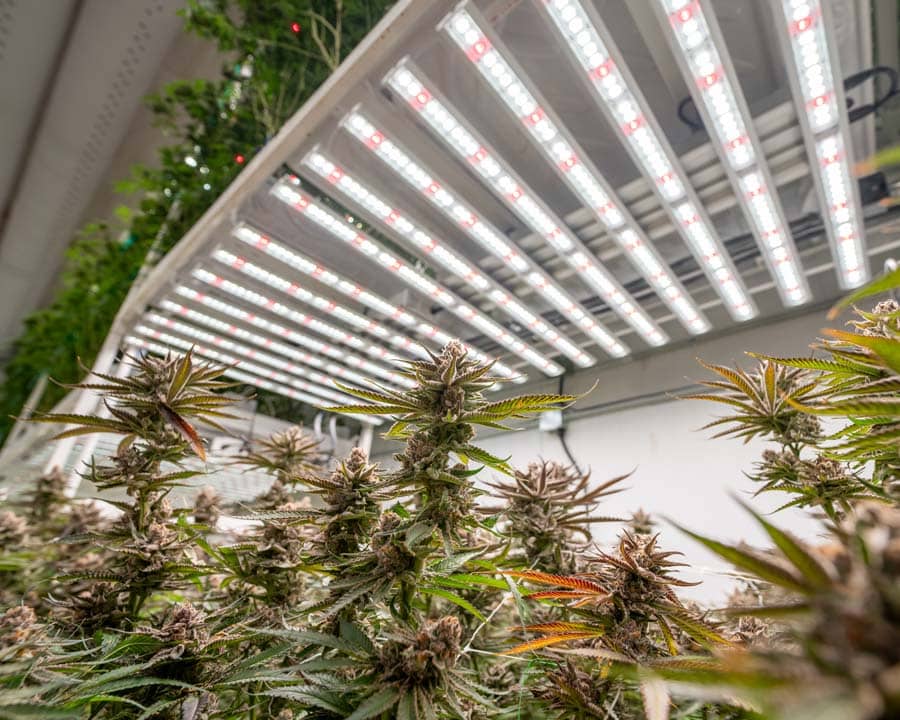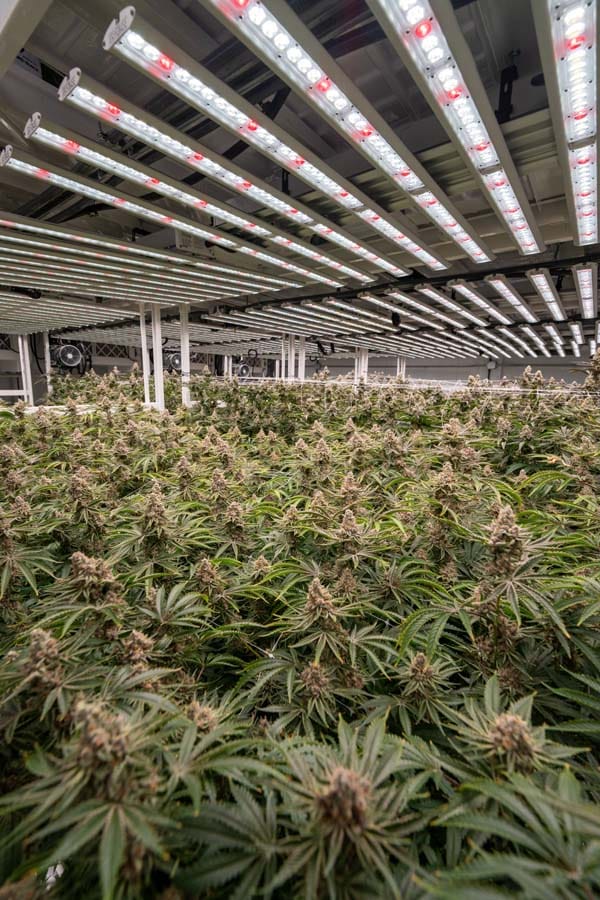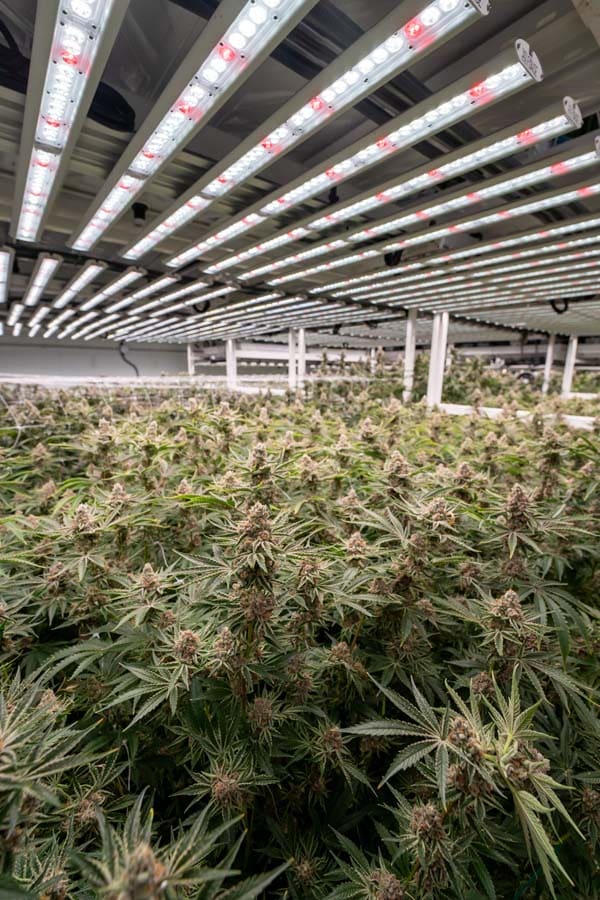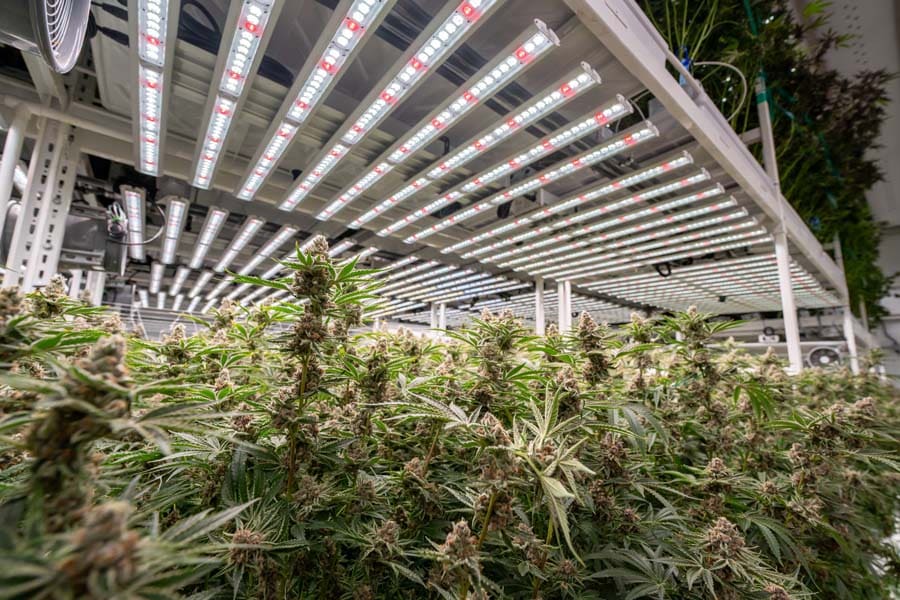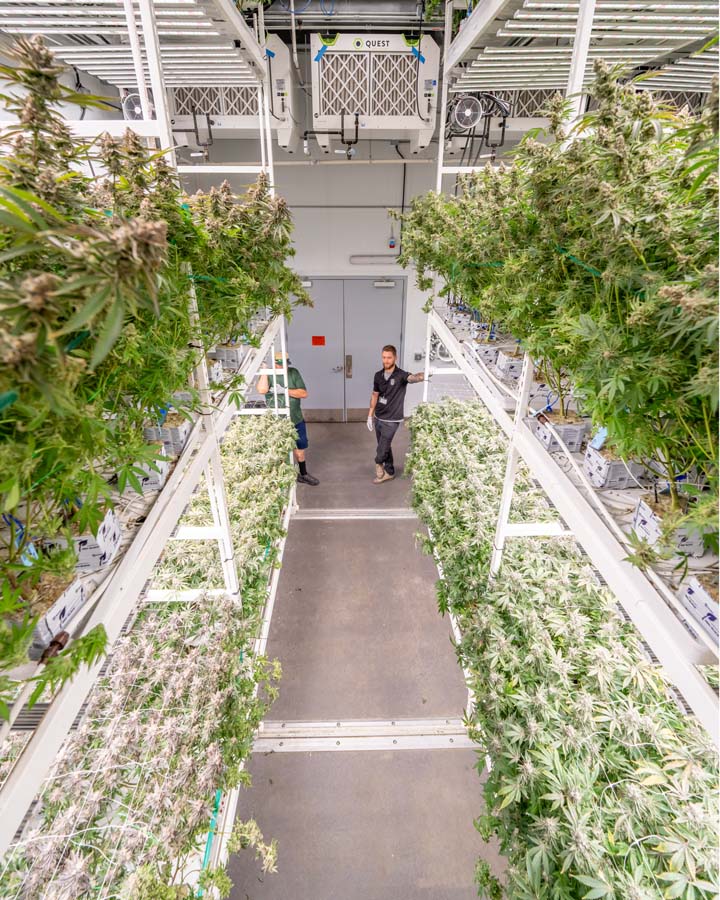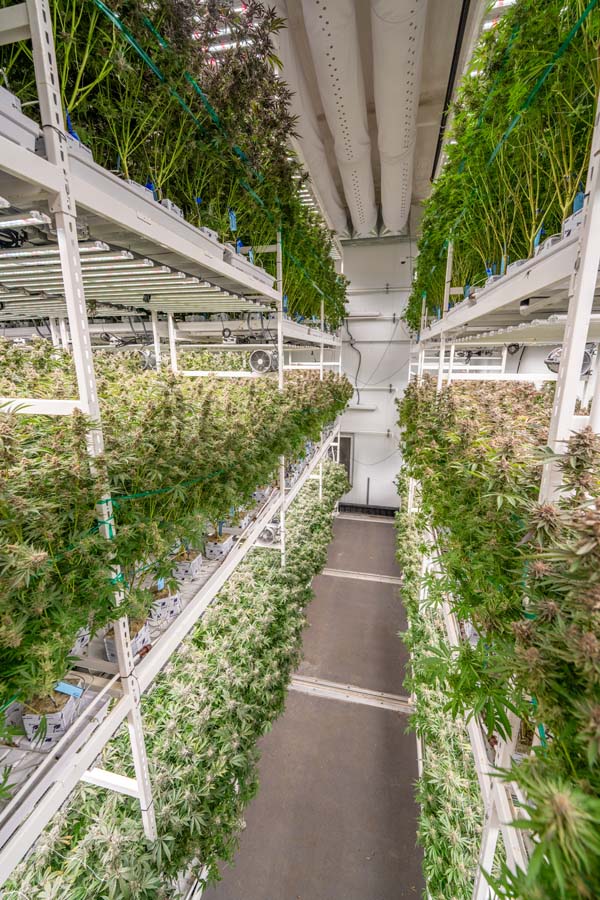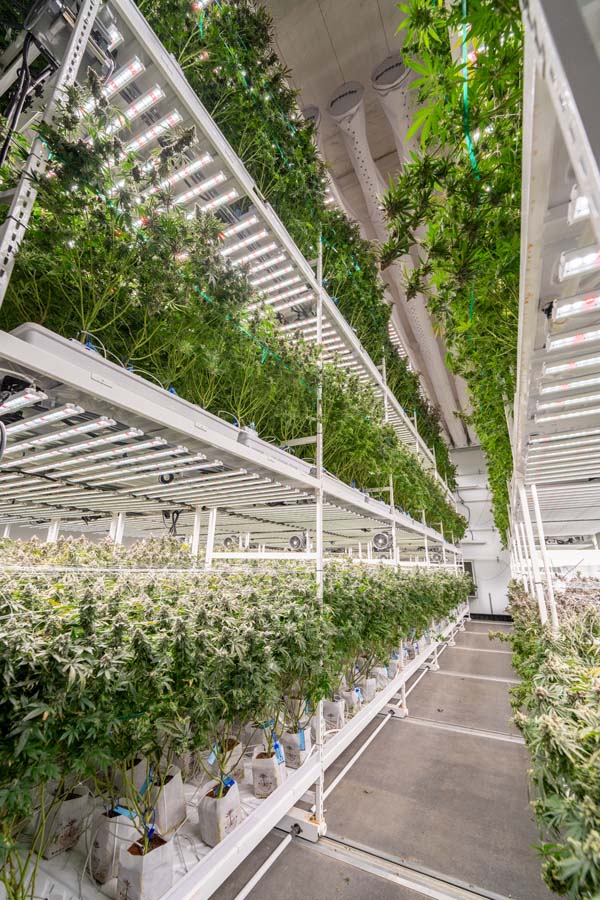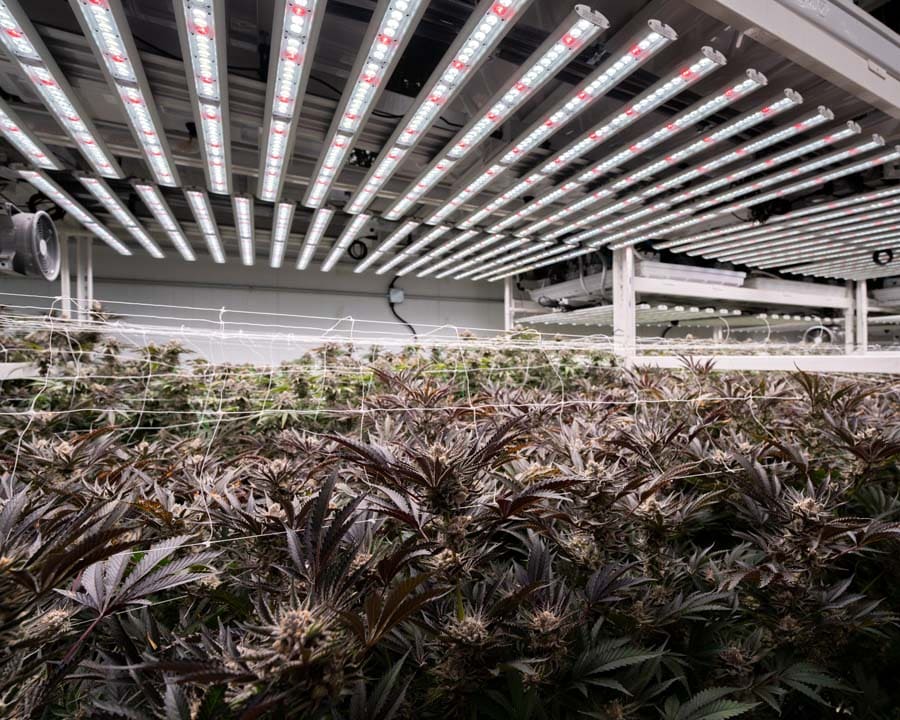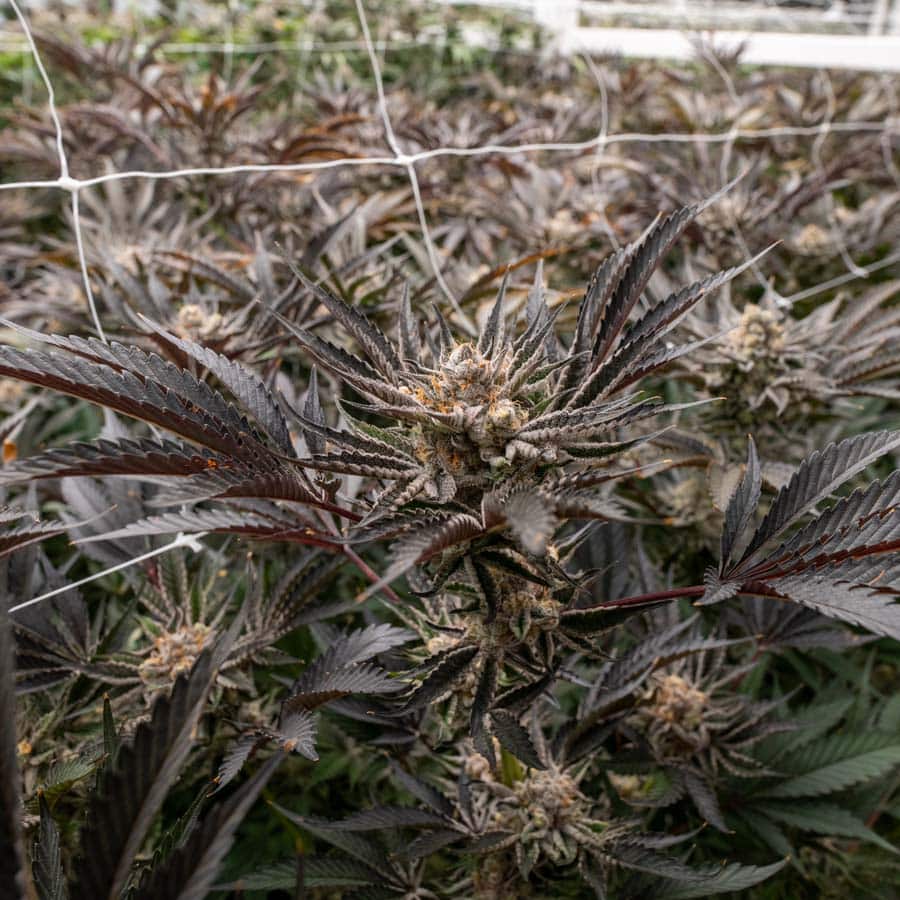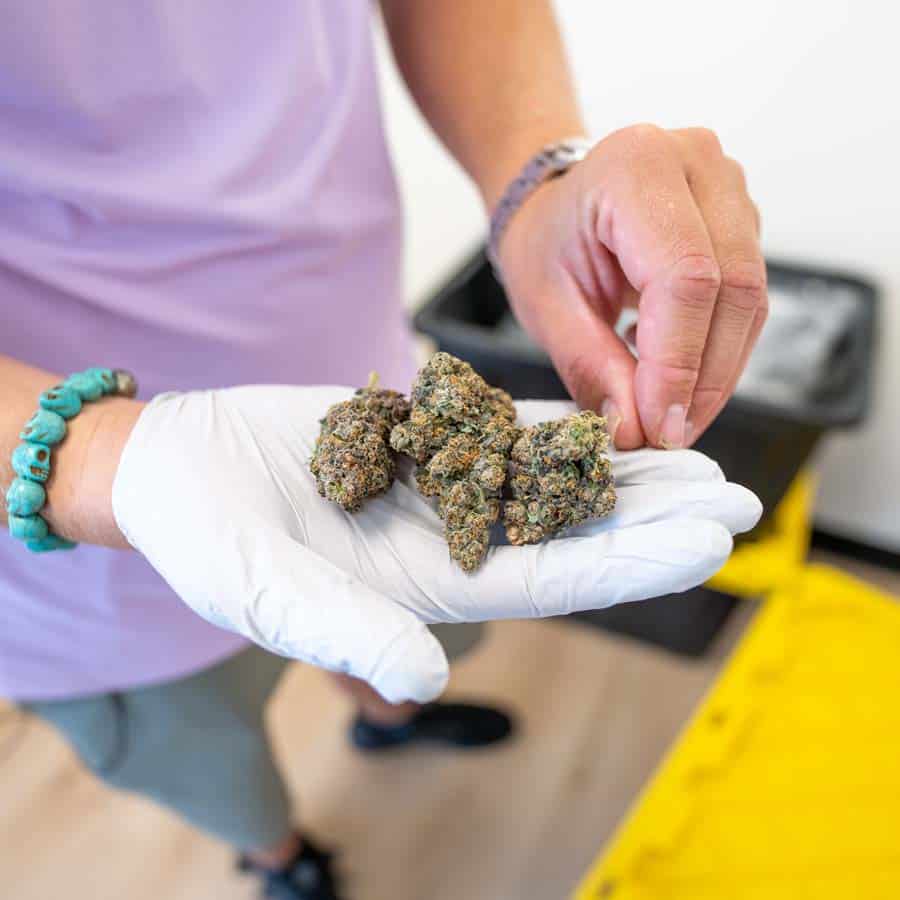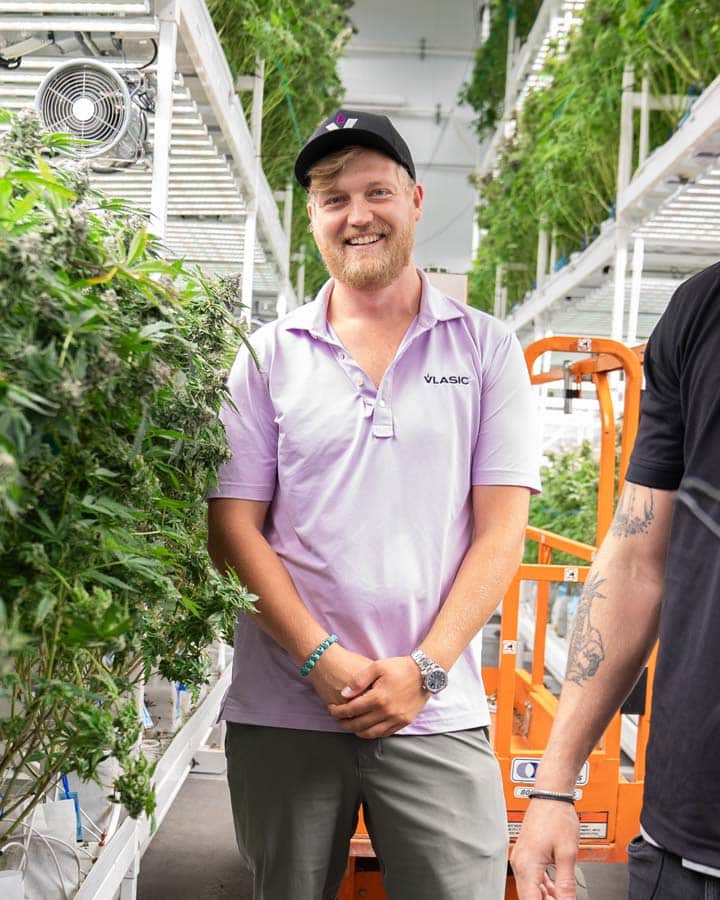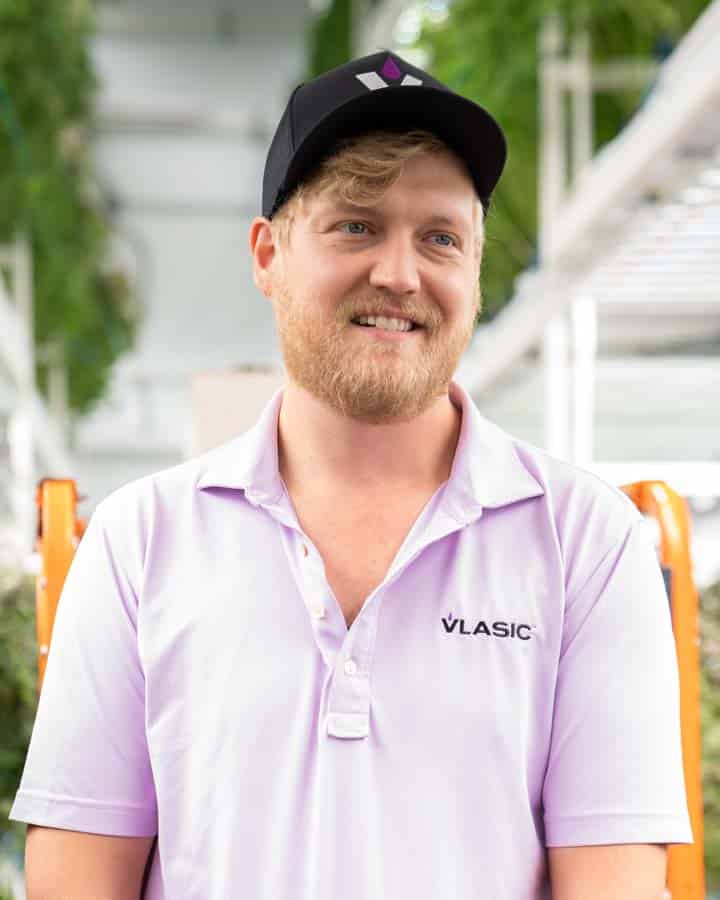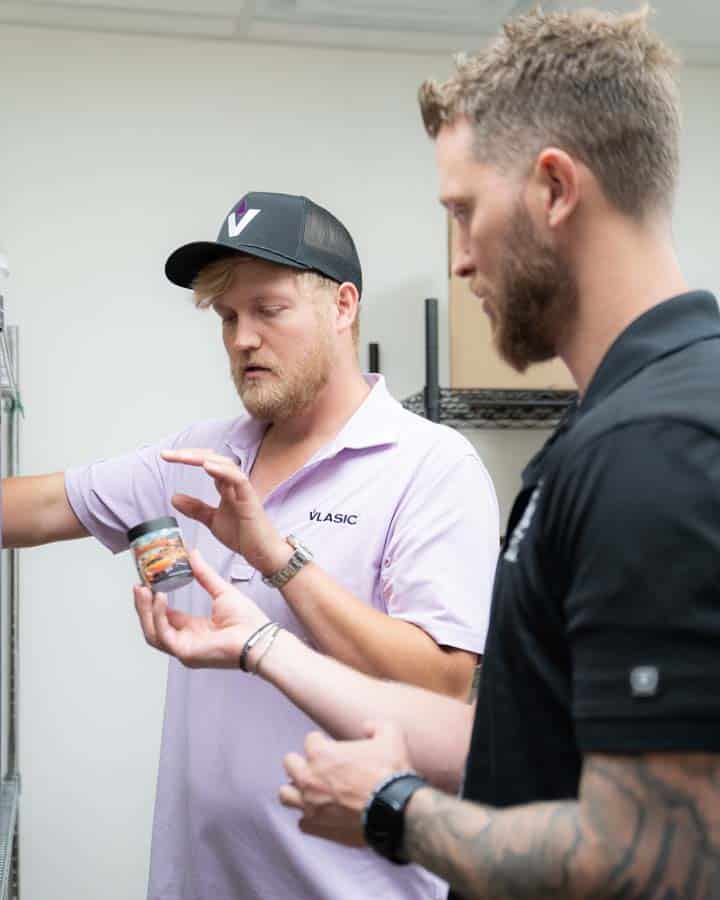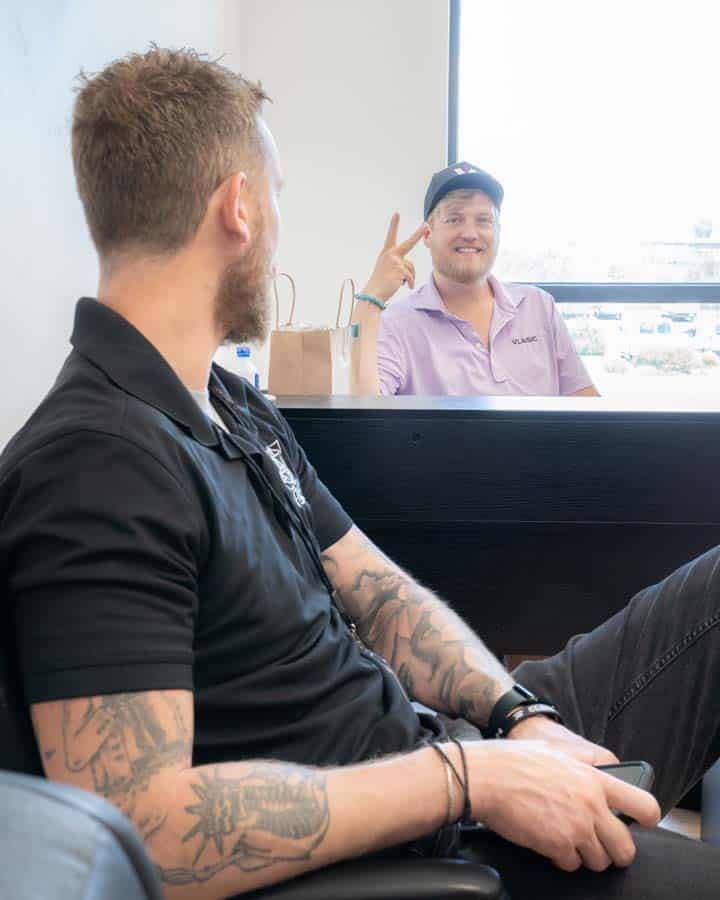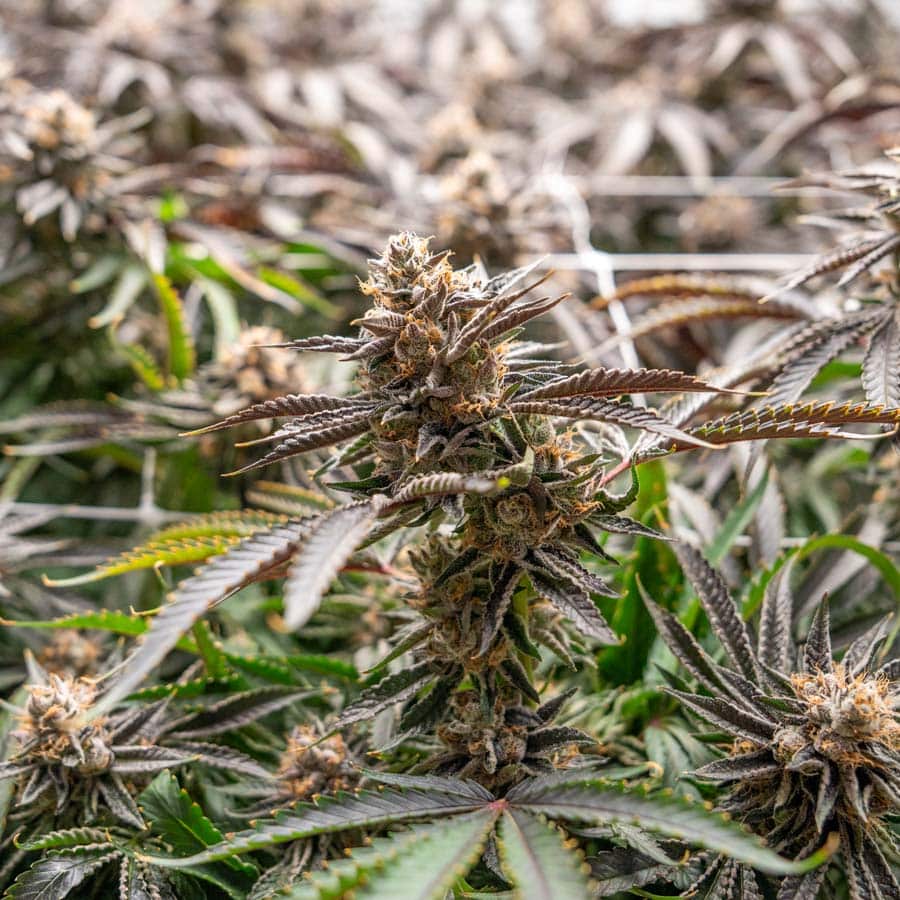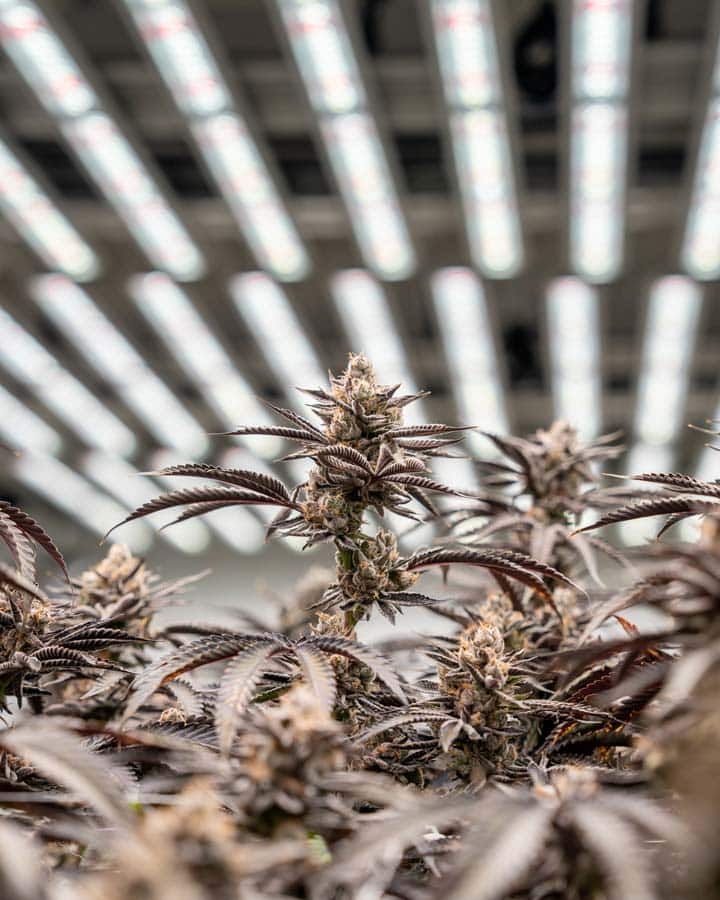During Episode 1, CEO & President, Brett Stevens & Ben Arnet, discuss their mission to advance the world of LED lighting by revolutionizing the cannabis industry through Fohse, Inc.
Inc. magazine has revealed that Fohse is No. 1 on its third annual Inc. 5000 Regionals Rocky Mountain list, the most prestigious ranking of the fastest-growing private companies based in Colorado, Idaho, Montana, Nevada, Utah, and Wyoming. Born of the annual Inc. 5000 franchise, this regional list represents a unique look at the most successful companies within the Rocky Mountain region economy’s most dynamic segment–its independent small businesses.
In 2015, Fohse set out to do what no one had been able to do before: build an LED grow light that would not only match—but also surpass—the capabilities of any lighting system ever seen in cannabis grows! Today, Fohse is ranked #1 as the fastest growing private company in the region after years of diligence, innovation and massive growth resulting in a two-year revenue growth of 2,332 percent.
Quotes:
“We didn’t guess. This was drawn from a blank sheet of paper, in house.” – CEO, Brett Stevens
“One of the biggest things that everyone in the founding team had was an entrepreneur spirit. We didn’t fester on any bad news or negativity too long. We immediately would pivot.” – President, Ben Arnet
The podcast series, Welcome To The Future, airs every Friday, live on www.Fohse.com and all podcast directories at 3 PM ET/12 PM PT.
*Disclaimer these were transcribed from an audio file. Dictation Error(s) - The dictator himself / herself makes a dictation time error which simply gets transcribed verbatim.
Speaker (FOHSE #1)
Hey what up folks family. It’s Leo here and it is official. Our podcast series Welcome to the future starts now. It’s a real man. This is our first episode. And wow, it feels great to be talking to you all. I hope you know you have a great season ahead of you. Be sure to tune in every Friday 12pm Pacific Standard Time 3pm Eastern Standard Time for our weekly upload, you can catch it streaming live exclusively on first.com. That’s FOHSE.COM. But you can also find it listed at all podcast directories. So without further ado, Welcome To The Future. You know, we have to kick off the first episode right with our first family. Ladies and gentlemen, give it up for folks as CEO and president Bret Stevens and Ben are net fellas, welcome to the table. How does it feel to have a podcast really? It’s finally happening.
Speaker (FOHSE #2)
Love the platform, love the idea of having a place where growers new and old cultivators, investors, everyone can come and kind of ask them the questions that need to be said about cannabis cultivation in a commercial setting and one lighting, there’s been a lot of bad marketing and bad products put out and it’s time to shed some light pun intended on what’s actually happening. What about yourself?
Speaker (FOHSE #3)
Like, it’s great, I think it’s great. It gives us a voice to really bring some honesty and some integrity to light science and help us provide as much or more value to the industry as we can.
Speaker (FOHSE #1)
You guys have to know about a podcast. A podcast with a brand is the perfect vehicle when you want to tell your story. If you want to tell your story, have guests tell your story. That’s what we’re gonna be doing on this series is going to have some celebrity guests, we’re gonna have some cultivators from growers, investors, um, some key people you may want to know, throughout this journey where you get to know the brand of Fohse. And starting off, I’ll start with you, Brett. What is Fohse? Where did Fohse come from? What is it for the people that don’t know?
Speaker (FOHSE #3)
So Fohse an acronym for the future of horticulture science and engineering. Engineering, it was derived from the Greek word PHOSE, which means light and Greek. So originally, the company was going to be called Fohse ph. O S as in photosynthesis. But you know, there’s some trademark issues and whatnot. So we had to look for a new way to spell PHOSE. So we spelled it FOHSE and gave it an acronym.
Speaker (FOHSE #1)
How long did it take you to flip that once you had once you got the name?
Speaker (FOHSE #2)
I think we did it inside of a week.
Speaker (FOHSE #1)
So one thing you’ll learn on this podcast is you’re really really learned the genius behind this brand. These guys are, they’re beyond their time with innovation, and they’re really really intelligent. So you’re really gonna get to learn behind the scenes of how they really developed it. What about you, Ben? What was your contribution with with starting FOHSE? And a piggyback on what he said?
Speaker (FOHSE #2)
Yeah, so like Brett said, one of the biggest things that everyone in the founding team had was just an entrepreneurial spirit. We didn’t fester on any bad news or any negativity too long, we immediately would pivot like pH. O. ‘s to FOHSE it was actually Brett. I was raising capital in Las Vegas and on the west coast for cannabis cultivation real estate, a couple of other things. And a friend of mine from high school, who was a robotics laser engineer, had multiple patents on heart defibrillator years. And pacemakers reached out to myself and Brett while we were actually going to a cultivation that had actually just burned down a crop from HBs and said, hey, check out this LED light. I think it could change the game. It was high powered, it had a full spectrum. It was stuff we hadn’t seen on the market before we said this looks pretty interesting. Let’s, you know, build a couple prototypes and see what happens. So we flew him out flew all the components out. Brett and I actually owned a motocross shop at the time. And we spent a whole weekend hand building prototypes. And after that, we brought him to a couple of different cultivars we had had some in and in 60 days later a couple of them called us back and said you guys need to see this. And there were plants growing sideways into our lights away from other lights. And it was at that point, Brett and I again, you know the light bulb clicked pun intended, we were like we are getting into cultivation. We’re gonna pick and shovel, we’re gonna do this thing right? And that’s when we really dug into Fohse Light science and tried to just sponge up everything we could and really start innovating one our first product which is our A three i and then the rest of the catalog as you saw the f1 V OST Xi PyLadies Cobra Aries Scorpio. I mean, if there was a light you guys needed, we made it.
Speaker (FOHSE #1)
So how important Have you guys noticed or how important is it having having a quality LED light for growers and cultivators within this industry?
Speaker (FOHSE #3)
You want to take that one? Yeah, I mean, it’s pivotal, right? I think that having something that’s high quality is one and very important for the reliability of the crop, knowing what you’re going to have, especially if you’re selling into futures, or if you’re trying to kind of look at where the company is going to be and what the yields are going to be. So making sure that you’re not losing light is kind of pivotal to that. And then also quality, right, making sure that you’re buying a light that is not only producing more grams per square foot, but that you can in the in the facility, because again, that’s bottom bottom line, but also you want to you want something that’s going to increase the quality as well, whether it be overall terpenes, or THC, whatever it is, having a high quality light will will help you increase both of those.
Speaker (FOHSE #1)
Now, what does the average person say to you guys, when they come to you looking for a better product? This isn’t to talk crap on other people’s products. But obviously there’s a need for quality. So how do people usually approach you usually what does that conversation start like?
Speaker (FOHSE #2)
Yeah, honestly, usually people when they first hear about Fohse, it’s either one, they knew us from a friend that’s using our products. Or two, they saw some of our marketing and said, I’ve never seen a light output that high, you’ve got my curiosity, because most of the money if you look at just basic spec sheets, the eighth right was about 4300 4200 PPF. The next closest competitor is about half that. So you got to imagine. I mean, all growers are gonna go, why would they make a light so powerful? And then you start seeing what the plants do underneath it. And you talk about ramping how we started 50% of a percent day switch spectrums to help reduce shock and stress and early stages that first month the plant pops into flower. And what that does, over the entire crop cycle or at harvest means higher terpenes cannabinoids yield better canopy penetration, putting the right stress to the plant. There’s a lot of things that come with it. So it’s a curious thing. And two, if they see what the light has done, then it’s usually Yeah, I saw the three I, I want that and like they know what they want. Or they say, Hey, what would you guys recommend? I see you guys put out some high powered stuff. No one else is doing that. Why did you do it? You know, how did you do it? And what are the benefits? So that’s usually the main conversations we have, you know, a couple dozen times a week.
Speaker (FOHSE #1)
What’s the largest misconception that you both have come across as relates to people saying, oh, no, we don’t need that right now. We’re good with this light that we have. It’s our numbers aren’t great, our yields are okay, we are losing a little bit of light. But what’s the misconception that you try to connect with those people?
Speaker (FOHSE #3)
Number one, easy one right here is that high PPFD means low quality. That’s the farthest thing from the truth. That’s it, genetics are going to express the way genetics do and as long as you’re keeping up with with feed and and as long as you’re keeping up with removing the moisture from the air, you’re gonna have monster plants that are beautiful and full of THC.
Speaker (FOHSE #1)
So ladies and gentlemen, essentially what he’s saying is yes, the lights are important. But there are so many other variables that have to go into play as relates to having a successful room, as he says, removing the moisture from the room, and a few other variables like that. So what would you say? What is a misconception that you’ve noticed?
Speaker (FOHSE #2)
That’s one of the big ones that we’ve just noticed recently is people miscommunication, high PPFD to low quality, which Bret kind of nailed. You know, this is when feedings were only at two OEC. Or, you know, they didn’t know how to use like high intensity lights, but it’s very easily combated. Once you start looking, you talk to a couple cultivators who are using 1500 PPFD. And you see their CoA is you see the yields, and they’re not one, just achieving higher quality. They’re achieving higher yields, and they’re doing it faster. And that’s because the photosynthetic rates in the plants with more light energy, there’s more photosynthesis going on. Those chemical reactions are happening more and faster. So when that happens, you can’t say there’s going to be less quality oil from a higher energetic plant. Like that’s just doesn’t make any sense. Another thing would be the price definitely just a marketing tactic for people it’s marketing time to do what we do. It’s funny, the only time you see that set is by companies who don’t have a light that puts out 3000 PPF. So another thing is price. People assume Fohse is associated with like Bugatti Veyron pricing, which yes, we do have expensive lights, but we price match people we have leasing programs and we have other lighting options and models and fixtures. For specific budgets. We have a company we work with hoplite powered by foes if you need just a foldable, quick, easy light to use, it’s a couple 100 bucks, we’ve got you if you need a vertical system, the F one V is damn near priced at $1 a watt. If you want the multi spectrum lights that change colors, or that can go from spring, summer, autumn, you know, 4000 PPF it might be a little more expensive to get some of those units. But I mean, that’s why we have you know, Porsche 911 Turbo S and we got the Boxster. Both are Porsches, you know.
Speaker (FOHSE #1)
Brand loyalty is key. And I think great products enable you to have a long relationship with the brands such as Fohse, what has been a deciding factor in scaling the company as you guys have done in the last seven years, what has been one of the leading decisions in growing it, you would say?
Speaker (FOHSE #3)
making sure we don’t grow too fast, we want to make sure that, you know, first and foremost integrities number one, folks. So we’re never just going to send lights and just say good luck, right? We want to be here with you guys. As they’re growing, we want to make sure that if there’s anything we can do, to make sure that they’re successful, we’re there, whether it be helping with genetics, or whether it be helping with, you know, any SOPs, whatever, whatever needs to happen in that grow to make sure that their success is is is going on is what we need to do. Because in the end, their success is our success. And so we really, really, we really pride ourselves in growing slow, as a company as far as making sure that we are taking on clients that we can provide value to and that won’t just be kind of washed down the proverbial sink, as we continue to grow and grow.
Speaker (FOHSE #2)
So yeah, I’m just gonna kind of build off of what he said. We kind of call it rolling the red carpet out. We’re not just a lighting manufacturer. First and foremost, we are an engineering firm. Everything you see is designed in house, we are the manufacturer, the OEM, everything’s built through CAD SolidWorks. And when we started growing this company, we went from a couple guys. And we never had crazy sales tactics. We weren’t pushy, we didn’t do aggressive pricing or cutthroat, anything, it was just put up the lights if you want to test it against them. And we always encourage testing. And just let the plants be the judge. The plants will always tell the truth, right. But with that was bringing on people with expertise that we didn’t have. So like our horticultural team, completely brought on by us from guys who would use our technology in commercial settings and greenhouse vertical grows single tear, grown against HPs with LEDs and guys who have basically collected all the data on how they were so successful with our units, we brought those guys on and made them our in house horticultural team, they will go out and spend days if not weeks, with clients, depending on how fast they need to learn how to use these systems, or if there’s any issues that they do have. And they will mitigate problems, they will write SOPs, plant care protocol, and they’ll kind of hold their hand through that first harvest, that’s been a huge win for us. Because, you know, maybe 90% of our guys knock it out of the park first, and they put up the lights. But for those 10% You know, we don’t want that 10% to fall behind if we can help even 10% or 1%. You know, it’s a win for us. And like Brett said, their success is ours. And we don’t want anyone you know to have a bad story with us. Our integrity is everything. So really kind of going above and beyond whether it be engineers or horticulture is plant physiologist, we, we got your back.
Speaker (FOHSE #1)
So considering that their success is our success, right? When did you know that this was a big deal? Humbly speaking, when did you know that Fohse was a big deal?
Speaker (FOHSE #3)
First run. So first, we knew I mean, from when we built the original prototypes. We didn’t, you know, we didn’t guess this was something that was like Ben was telling before we this was drawn from a blank sheet of paper, essentially, in house. So we didn’t, we didn’t go to a private label manufacturer, we didn’t go to like a contract manufacturer say, hey, we want to slap her name on something, we built this, everything was bespoke, our first lights, you know, we were taking the PCBs. And, and, and we’re soldering and we’re, I mean, we’re building these lights from the ground up. So I guess originally, we knew it was going to be pretty special when we saw what we were doing. And when we were comparing it to what else was in the industry at the time. And we were just so far away from those 600 Watt, you know, our very first slide ever was a G tube, it was called the G TV, which is the star Class G TV, which is our Sun. The whole idea was to make that light as powerful as the sun. We wanted to put 220-200 PPFD down to the plants. And so what we did is we built that, and you know, we’re 1200 watts. And at that time, I think one of our competitors, the only thing I had on the market at that point was a 600 watt light. So we’re twice as powerful. We put it in directly against that light and another light also that and we outgrew that those lights on our first run, and within weeks, and then we moved into flower and then we you know that’s when you know when within four weeks, we knew we’re going against, you know, these double ended HPs. And we’re like, well, here’s what we’ll find out if a photon really is just a photon, or a spectrum makes a difference or you know, we’re going to look at the photometric morphogenic response to plants where the plants like what Ben was talking about, when the plants really started leaning in toward our lights. That’s when we knew we were really feeding them the right way and I mean we knew right out of the way right out of the gate when they got hung. Within two or three weeks, we had something that we had to bring to the market.
Speaker (FOHSE #1)
What was the first call? You got? That you knew from some of the highlights? What was the first call where you knew? Dammit, we’re in there?
Speaker (FOHSE #2)
Yeah, that would probably be Kevin Koo Tang, that was the guy who had kind of tested a couple prototypes for us. And he did in multiple applications. He was started in different flower rooms, different temperatures, and he was actually collecting data, which was big. Seven years ago, not everyone was doing it. I mean, you walk in and be like coffee, stained clipboards of their feeding schedules. And Kevin was using stuff that no one else had even tried before. And he had tried 13 other LEDs since we walked in the door. And when you call this, and I remember the story, Brett tells it all the time. He’s gonna, he said, I’m gonna call you in two weeks, it either works or it doesn’t. If you don’t pick up your phone, and it doesn’t work, I’m throwing it in the trash. And he goes, it’s called the LED graveyard. And he brought us back. It was like a weird thing to show at the time, but there was like a bunch of just LEDs thrown on the ground.
Speaker (FOHSE #3)
He had been testing so many Chinese made, you know, Alibaba lights that were private lights that weren’t really bringing more value to him. You know, he wanted to stay in the yields of the HPS. And he literally had a graveyard and a trash area, because JB sciences was a really well known and respected place out here. Right? If you can think of a light in the industry now they probably tested over JB science, GB sciences. And we beat all of them our first round with our very first light that we made bespoke one off in a moto in a motocross shop. So that was when we really knew like holy cow, we have something so different.
Speaker (FOHSE #2)
Yeah, he called us in and he goes, I have one and flower one and veg or no two and flower winning edge. He shows us the one veg in the fan leaves is like the sight bigger than your hands. Like they’re like the size of footballs. And we were like, right, that’s good, right? He was like, Yeah, that’s what we’re looking for. And then we went to the flower room. And that’s when we saw it. It was the same genetic, and the plants underneath our light were six inches taller, much healthier. I mean, you’d have to be a horticultural horticultural specialist to know that those were the plants that you’d put your money on. And then they were going sideways, other plants are going sideways, like literally going to the trellis. He’s like, Yeah, we actually have to move the tables away from your light. Because the plants keep trying to attack you’re like, yeah.
Speaker (FOHSE #3)
They had them on GGS rolling tables, and they had to make sure that, you know, there’s three, there’s three rows of tables. And they had to make sure that, you know, ours was in the middle, that the two on the outsides were on the far outside, because otherwise, the plants would try to grow into our lights, because of what we’ve done. What we’ve been able to do with our spectrum and power out of that.
Speaker (FOHSE #1)
So two things here. So the gentleman that he mentioned, mentioned Mr. Kevin Kuethe, he is the VP of cultivation at Loon cannabis, I’m definitely a figure you would want to look into and learn some more about as relates to folks in our partnership with them. Um, there was a follow up question that I had with that. And being on the front leading edge of cultivation and innovation with LED lights. How do you guys continue to stay ahead with new lights? I know we have one coming called the hoplite, which is for the home growers? What info? Because what info? Could you share it there?
Speaker (FOHSE #3)
Yeah, I mean, we’re just always watching and seeing where we can provide value. That’s, we’re never just going to make something to make it. We can make anything. We have engineers, on staff and hired, we will not just make a light. So, unlike UV write the data, the real world data over years and years and years of reading all kinds of data says that, that UV isn’t isn’t what a lot of people think that it is, it’s a good way to burn plants. And other than that doesn’t, you know, so it doesn’t really provide value. So for us, we didn’t, we didn’t, we didn’t jump on that board, right? We were testing for reds and reds, during flush, and 2015, right. We’ve done all these tests, and we could make anything but for us really staying valuable, you know, making sure that if we’re selling something to grow, we’re not just taking their money. That’s not what we’re doing this for, we want to make sure that we’re providing something that is creating value. So if we’re in the industry, and we’re saying, Okay, we need to do this, we need to do that. Like I said, we can make anything and as soon as we see where there’s some data behind, well, this is this is why I will rather be a more value, a more value generated light, where you know, it’s a lower barrier to entry with price point wise, or it’s drawing the biggest plants that you can that’s, you know, that’s more what we’re looking for as value.
Speaker (FOHSE #2)
Yeah, I mean, I’ll just kind of go off of what he said. Again, you know, we’ve built lights for propagation, veg, mother’s early flower, we’ve tested spectrums for everything I’ve cloned, you know, down to tissue cuts. We’ve made lights for everything. I mean, even including different form factors for one of our clients, we built a seven foot light just because they had, they didn’t want to put any more plugs into a grill. So really, yeah, and we got you not a problem with a rack. So it was a rack system, they wanted one light per four by eight, we’ll make a seven and a half foot light for you. No problem. We’ve done it. Like you said, it’s providing value, whether it be our technology, our team, our knowledge, you know, whatever you need our partners. You know, we don’t just have clients, we have partners like green Bodie, and Brothers Grimm and loom and valley pier and some of these bigger guys MSOs that are willing to even jump on the phone with other local cultivators that are their competitors and be like, Yeah, I am seeing these results. I’m doing this, you know, do you want to come on a tour? We’ve got guys that literally tour their competitors through their grill because of the relationship we have with them. And that’s what we really strive for, is educating the masses. And again, like Brett said, just providing value every turn every chance we get provides value.
Speaker (FOHSE #1)
So this takes me back to the earlier question. So knowing that you guys provide such value within the cannabis industry and growers? Did you guys ever see Vegas? For those that may not know our headquarters is here in Vegas? We’re about 10 miles or 10 minutes from the airport, I would say Did you guys ever see Vegas turned into the market? It is now with knowing well, maybe you did, which is why Fohse is obviously ahead of the game. But what were some of those signs that you knew?
Speaker (FOHSE #3)
Yeah, I mean, we both came to Vegas for the cannabis industry. We both moved from the Midwest here for the cannabis industry. So we knew we wanted to be a part of this market. We didn’t know the regulations were going to be as good as they are here. For anybody that doesn’t know the regulations here are pretty strict. And it’s a great environment to grow cannabis in this state. Probably one of the best, I think maybe in the whole country. So as far as if you’re a cultivator the testing is really, really strict. We’ve, you know, we, we liked it. I mean, that’s how it’s originally how we got into this right, we were both we were both in a grow, working at a grow. And then, you know, came from the plant side or two here. So yeah, I mean, it just so happened that we’re in a desert. And, and we could see, we could see more quickly than I guess anybody else. The need for LEDs. So we were really in a unique position to where we knew, you know, we knew engineers, we knew we there was a need as far as we knew the market. And we knew what the climate was like here. And you know, we didn’t want to run night cycles. We didn’t want to compete against the nightlife business here. So as far as hiring manpower, we needed something to where we weren’t freezing our ACS up in the summer.
Speaker (FOHSE #1)
What about you? Were you all on board with Vegas?
Speaker (FOHSE #2)
Yeah, like Brett said, we didn’t know how well it was going to roll out. We just knew that this was going to be an awesome market based on all the research we did on Colorado and California. And we saw this is just like the destination spot. When you see how many millions of people come here. You’re like this is this market solid, you know, and everyone’s going to overpay. So it seemed like a phenomenal market. And then we saw the bonuses of limited licensing and making sure that all the cultivators came up with awesome business plans. I mean, they had to go through so much, just to get that license. I think we only have like half the license is in use right now too. But because of the price of cannabis, the price per pound of the cultivators, the cultivators are making money in Nevada, you know, unlike other places that a couple 100 bucks a pound you’re still getting to $3,000 a pound here in Nevada. So if you can grow this is a great market for sure.
Speaker (FOHSE #1)
Now I’ve been doing some research recently when we were just checking around and it’s looking like the Northeast is looking to become the cannabis country with New York and Jersey being on the front line . Do you see a huge market or potential in the Northeast with some of the partners there with cannabis?
Speaker (FOHSE #3)
Yeah. I mean, we’re doing business with all those guys. Right. The industry is opening up over there Yeah, I think that if it’s anything like Michigan it’s gonna be it’s gonna be ridiculous gonna blow up the intro. I mean, it’s so huge I mean New York is a tourist city like you know, Vegas la you know.
Speaker (FOHSE #2)
I think New York could be kind of like the next Amsterdam where you know Vegas was a melting pot. Here you get people from all over. You can go to Fremont and see a different crew or you can go to heart and see like a Dubai princess. Everyone, I’m probably gonna smoke some weed when they come. Absolutely.
Speaker (FOHSE #1)
So consume it in some way because you have for those who may be you know, babies to consume cannabis. You obviously have flour but you have oils, you have topical creams, you have edibles, candies, you have various options. Here is essentially what we’re saying. So I mean, when you come to Vegas there are multiple ways for you to enjoy how you consume cannabis. But I just wonder your thoughts on that obviously with the tri state in New York You know.
Speaker (FOHSE #2)
I think it’ll be interesting to see how they roll their, their, their regulations that’s gonna determine I think other market goes for sure they got a lot of money out there obviously you got tribes out there I know that we’re working with a couple of them those guys are already getting set up and it’s just gonna be like how they rolled out how they work with legacy growers and the institutional money that is New York and how they work together and play nice is going to be another big thing you know, some of the West Coast has been dealing with in California since they started trying to legalize its black market verse rec market verse legacy, and, you know, there’s always gonna be some heads up but and there’s a fine line to there’s a fine line you gotta ride. And as this is the biggest smallest industry ever. If you mess up your, you know, your name one time, you are screwed. You’ll get blackballed or blacklisted.
Speaker (FOHSE #1)
It’s just important. I mean, your name represents a lot, especially in this industry. That’s all you have, your integrity is everything, integrity, your name is everything. Well, all right, gentlemen, I don’t want to give too much away in the first episode. I know both of you will be back again this season. So we will certainly keep this conversation going. But in the meantime, it’s been real guys, for those of you just joining us, be sure to tune in every Friday at 12pm Pacific Standard Time. 3pm Eastern Standard Time for our weekly podcast streaming exclusively on boasts.com. That’s FOHSE.COM And it’s also available on all digital streaming platforms. So again, I’m your host, Leo Wilson and you’re now locked into Welcome to the future

